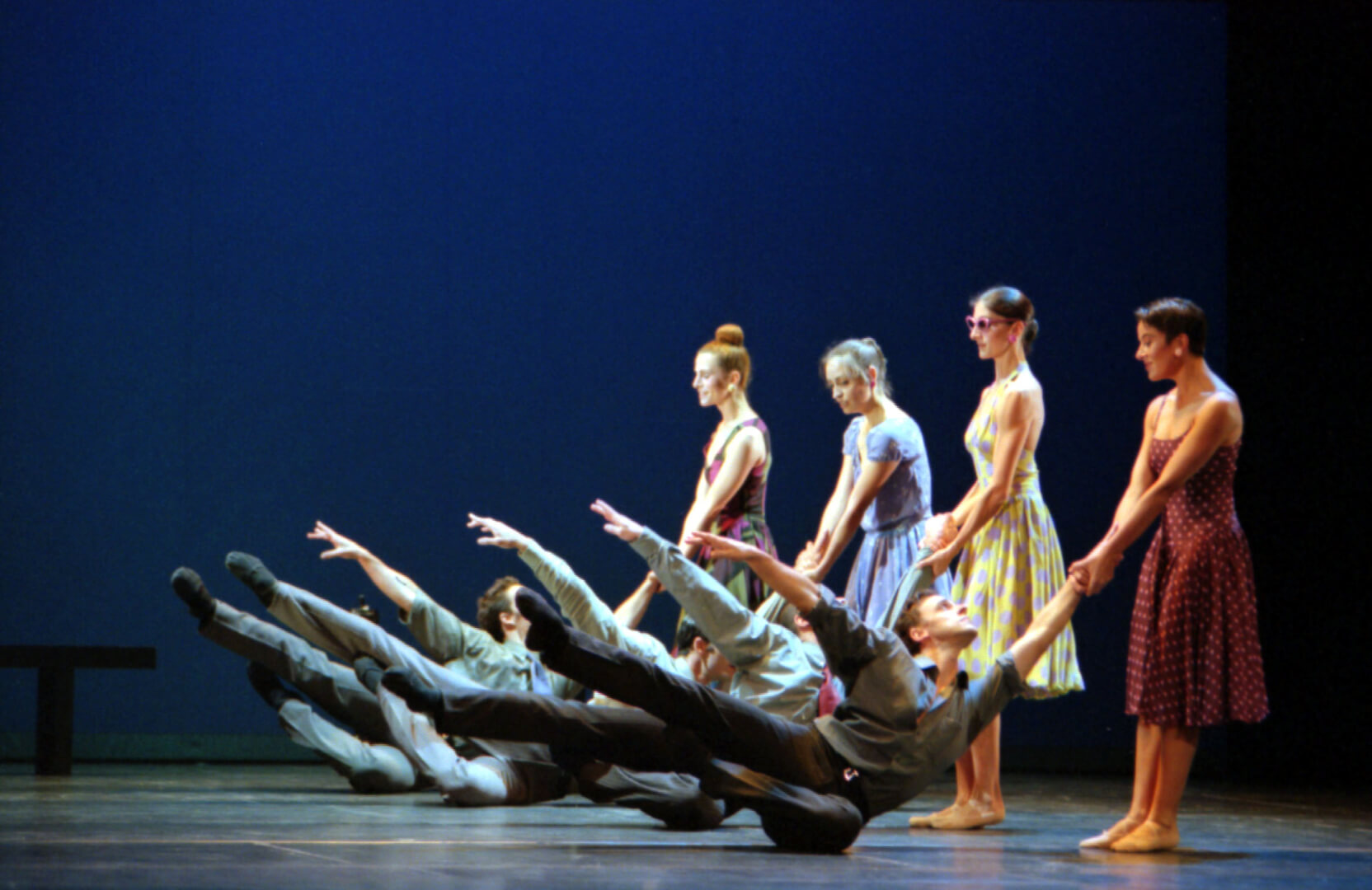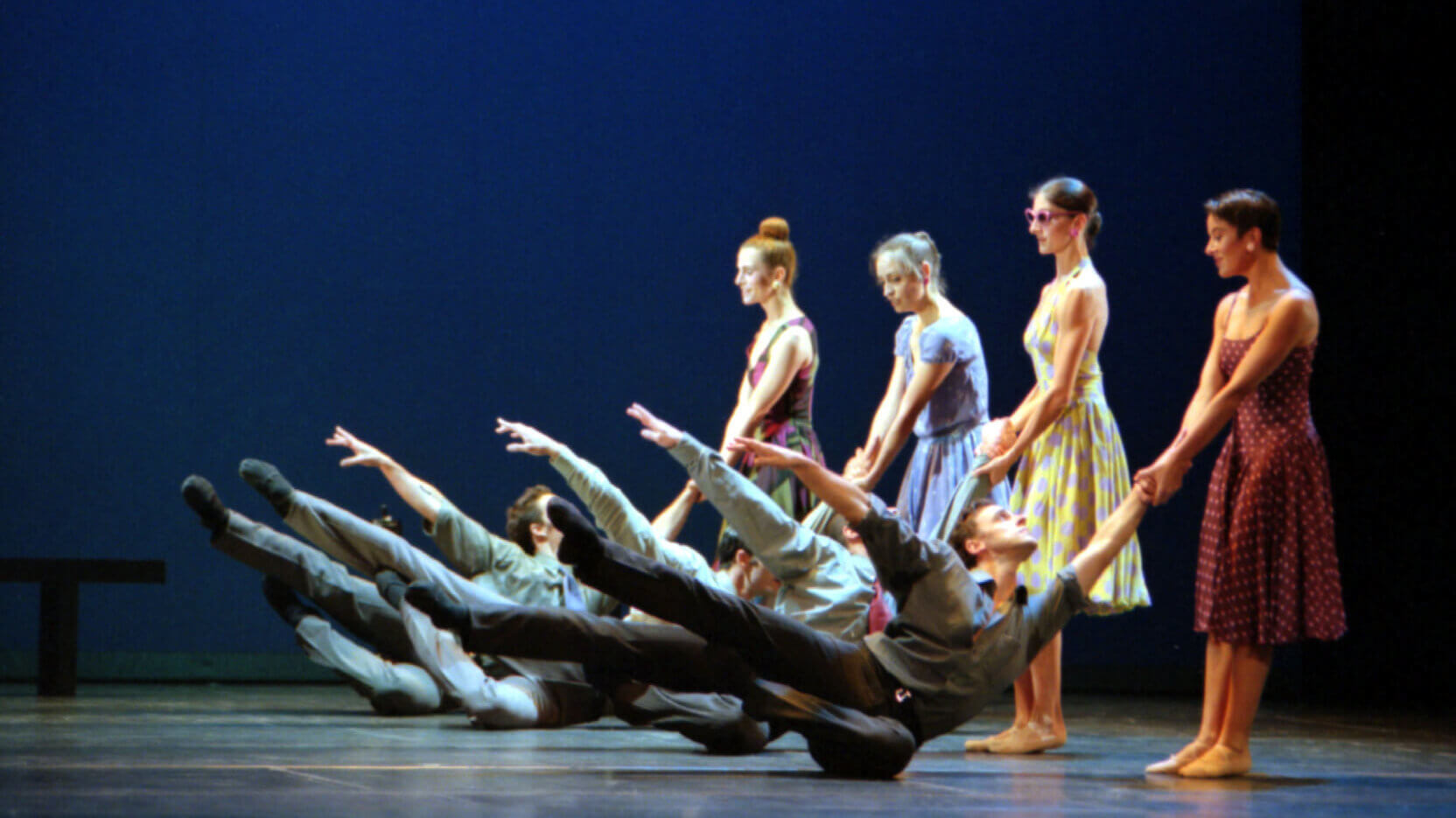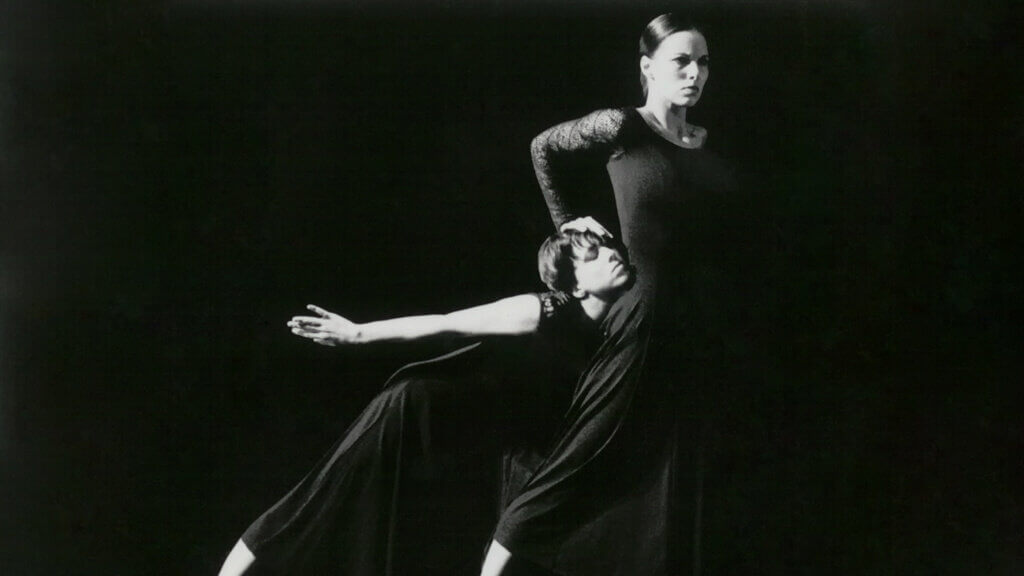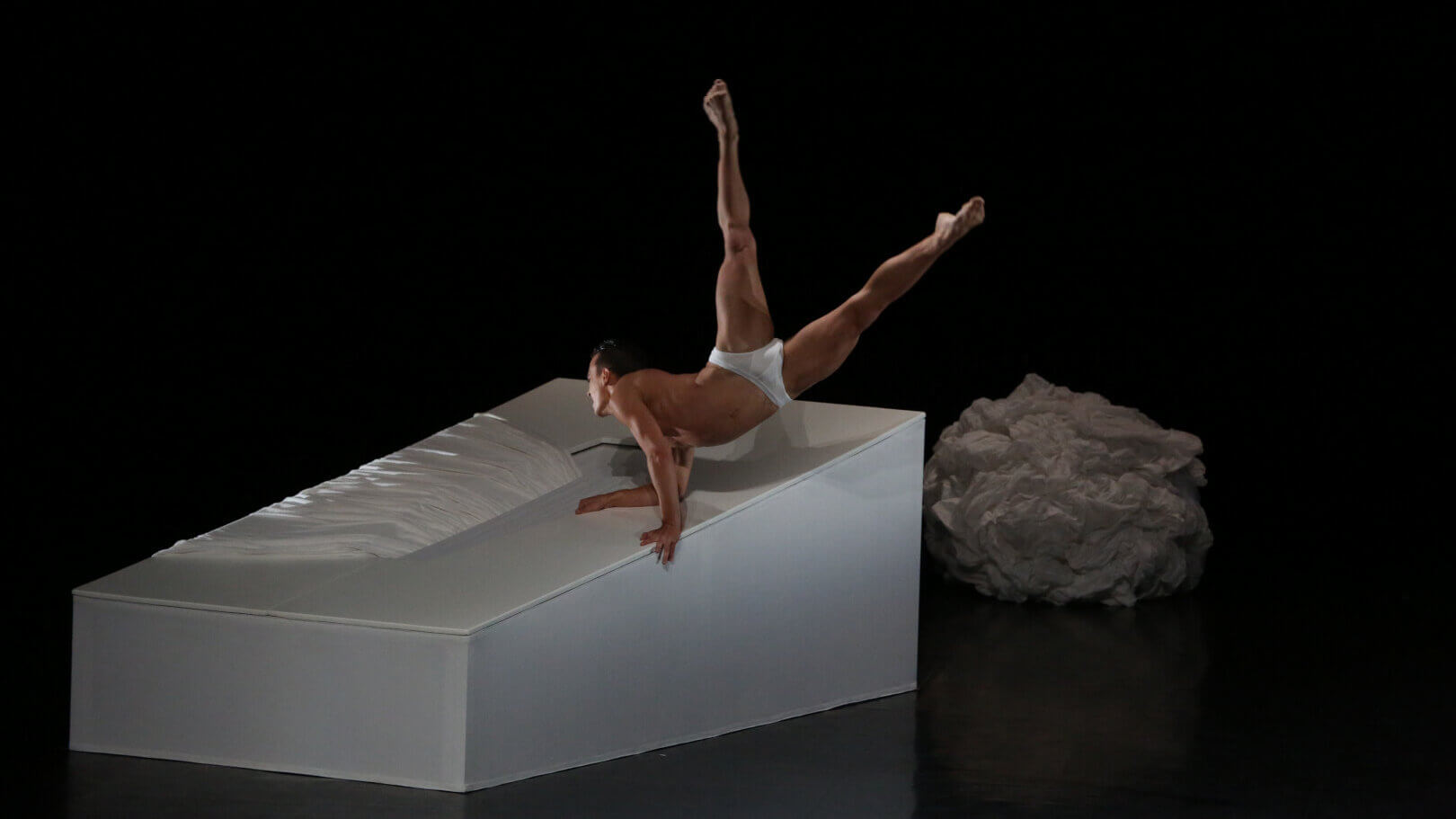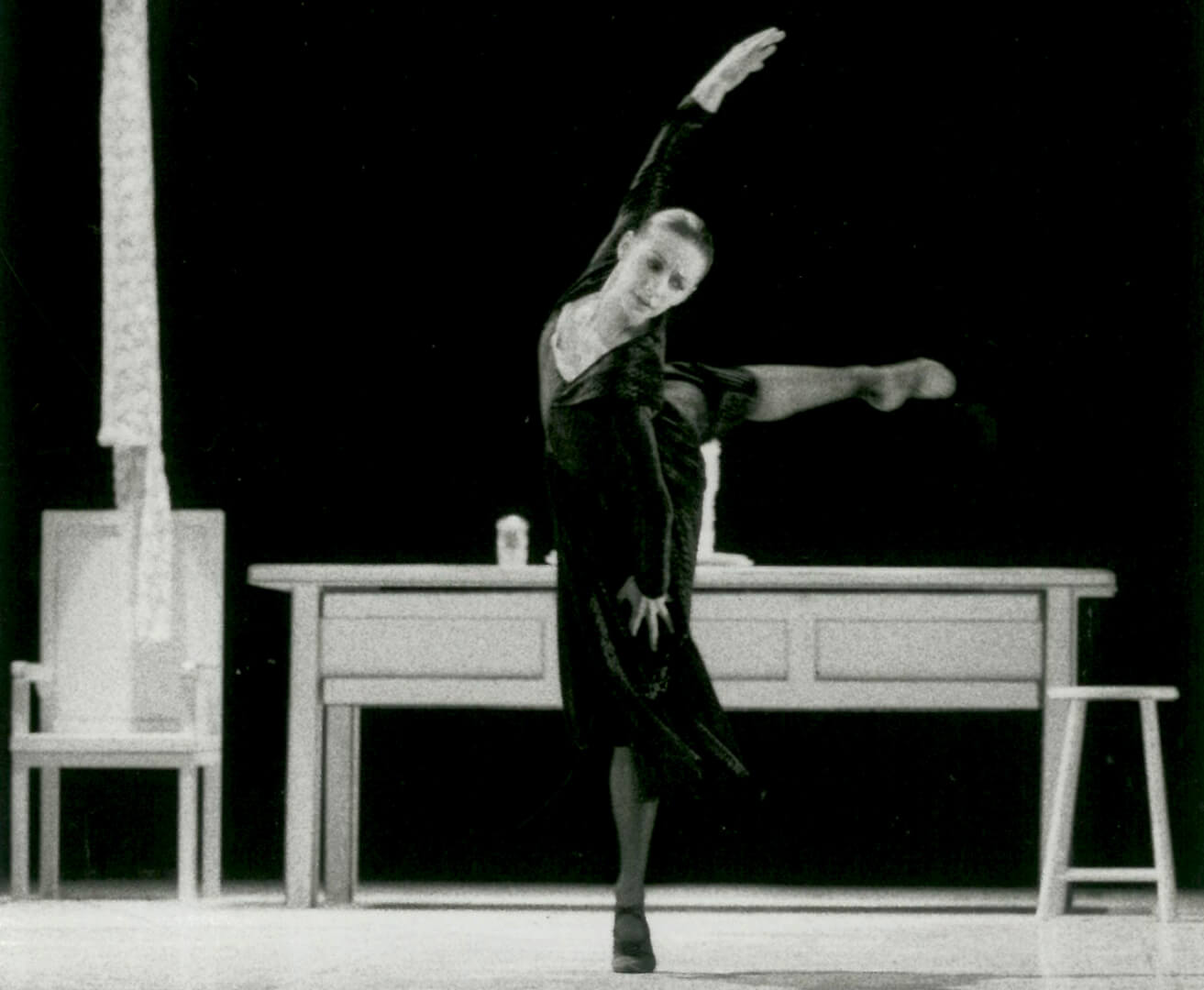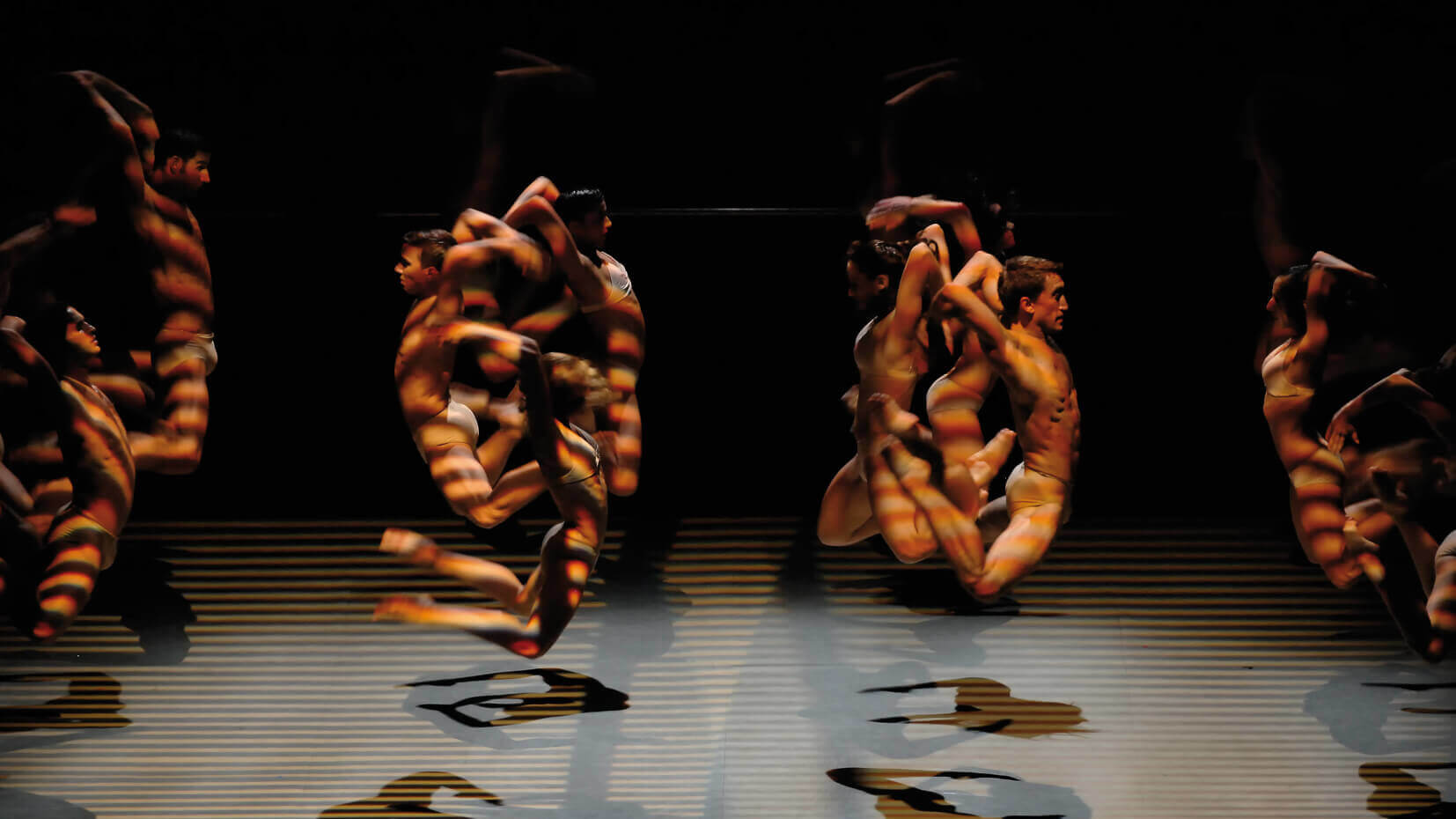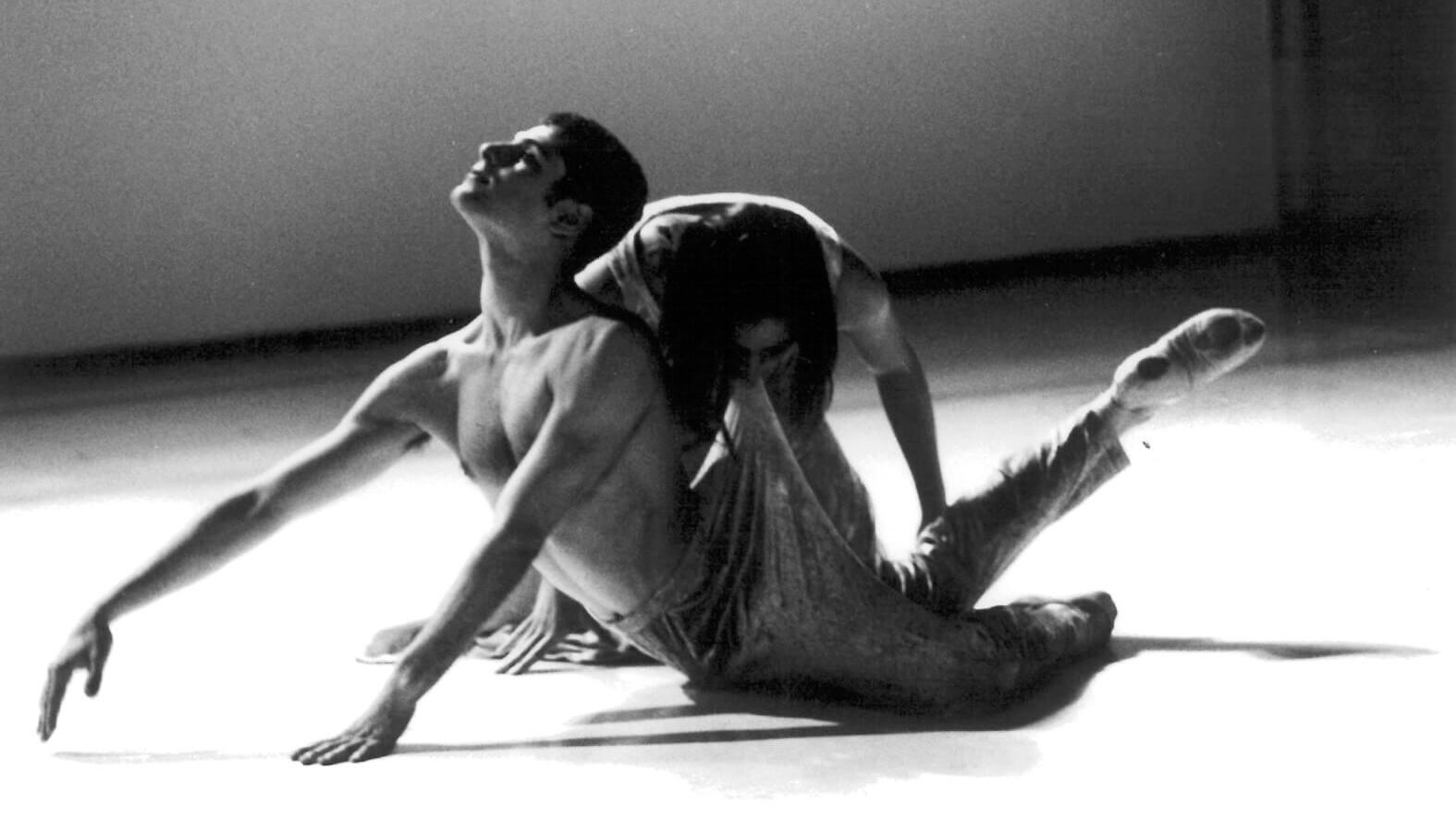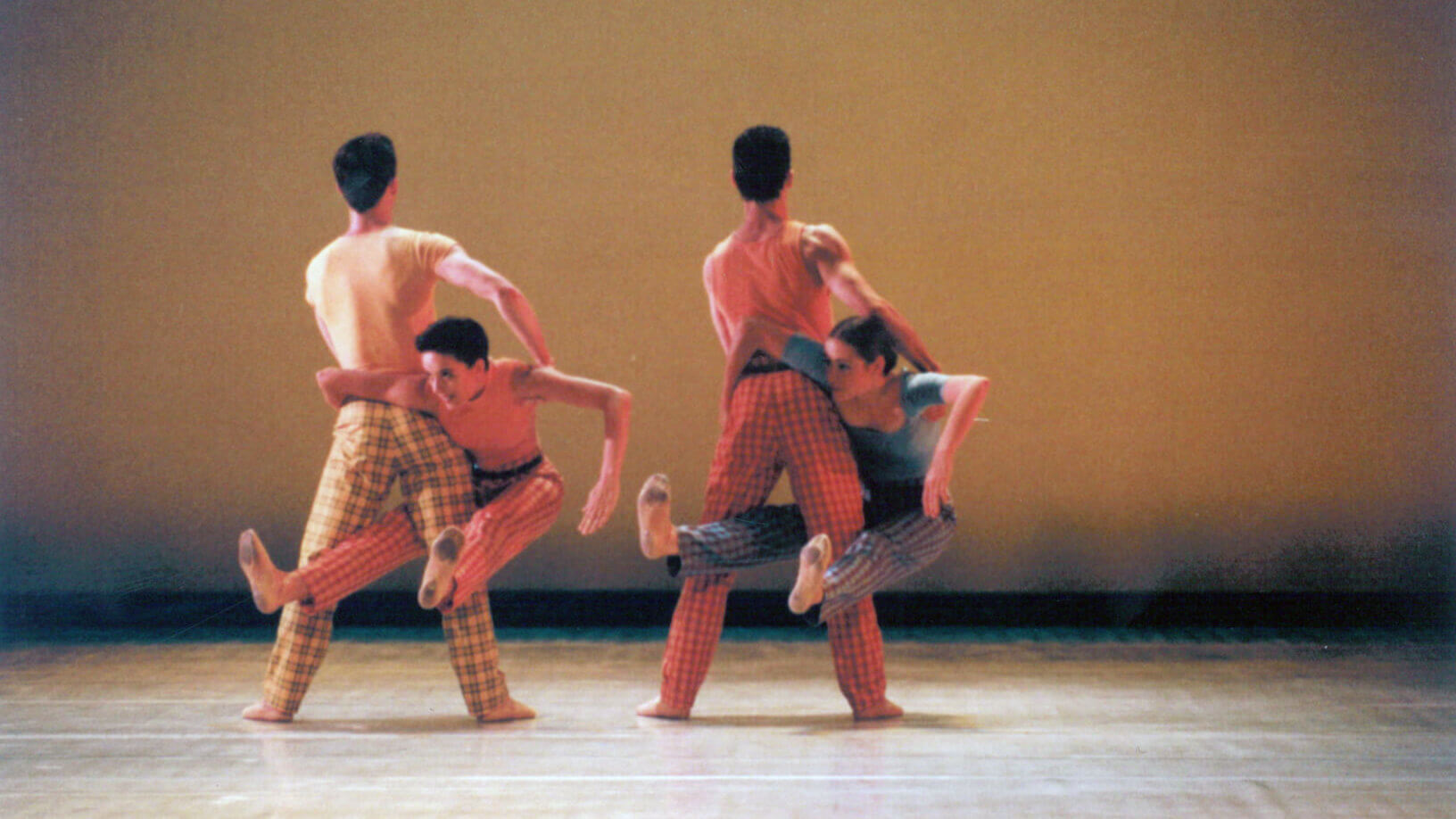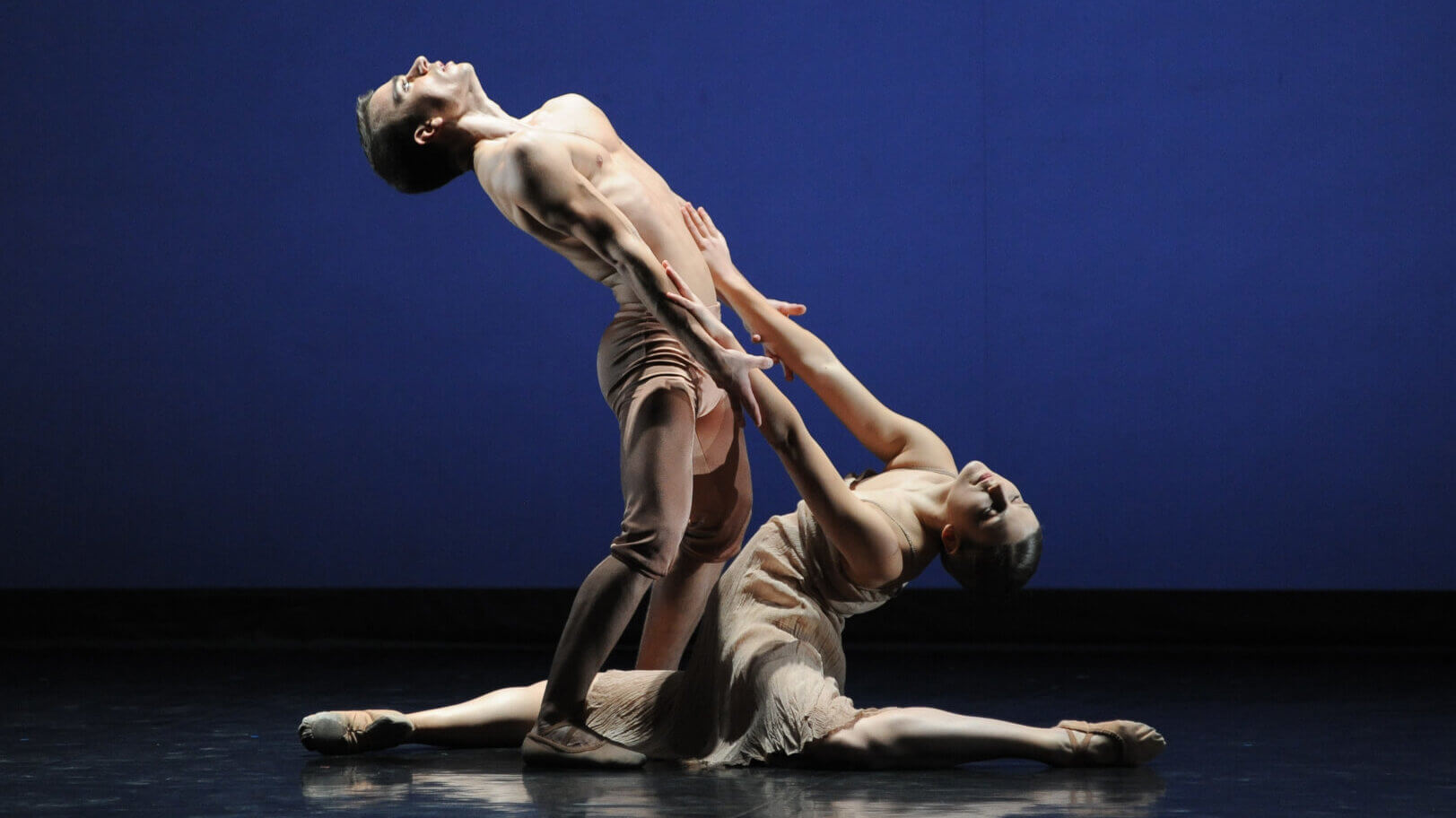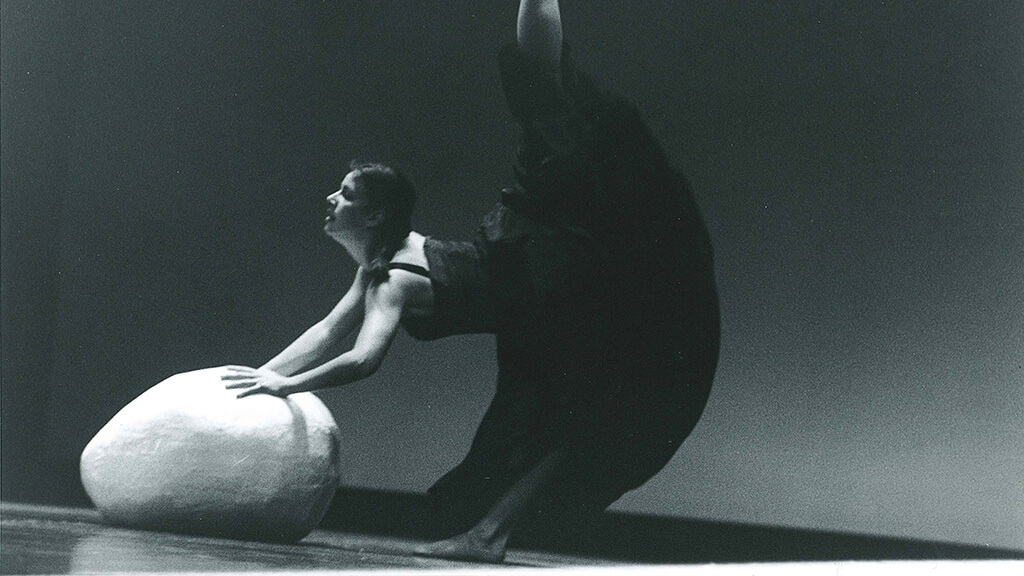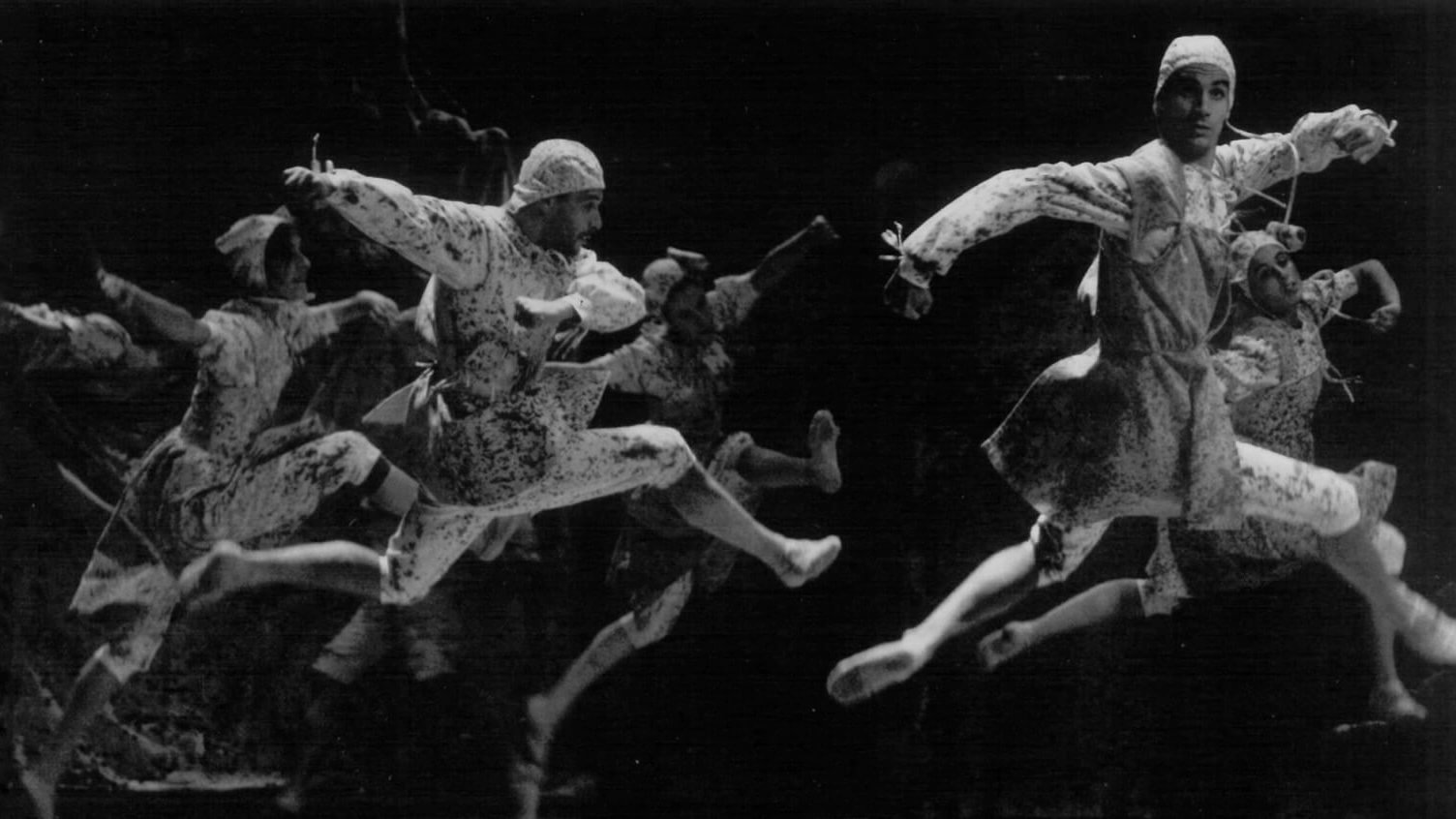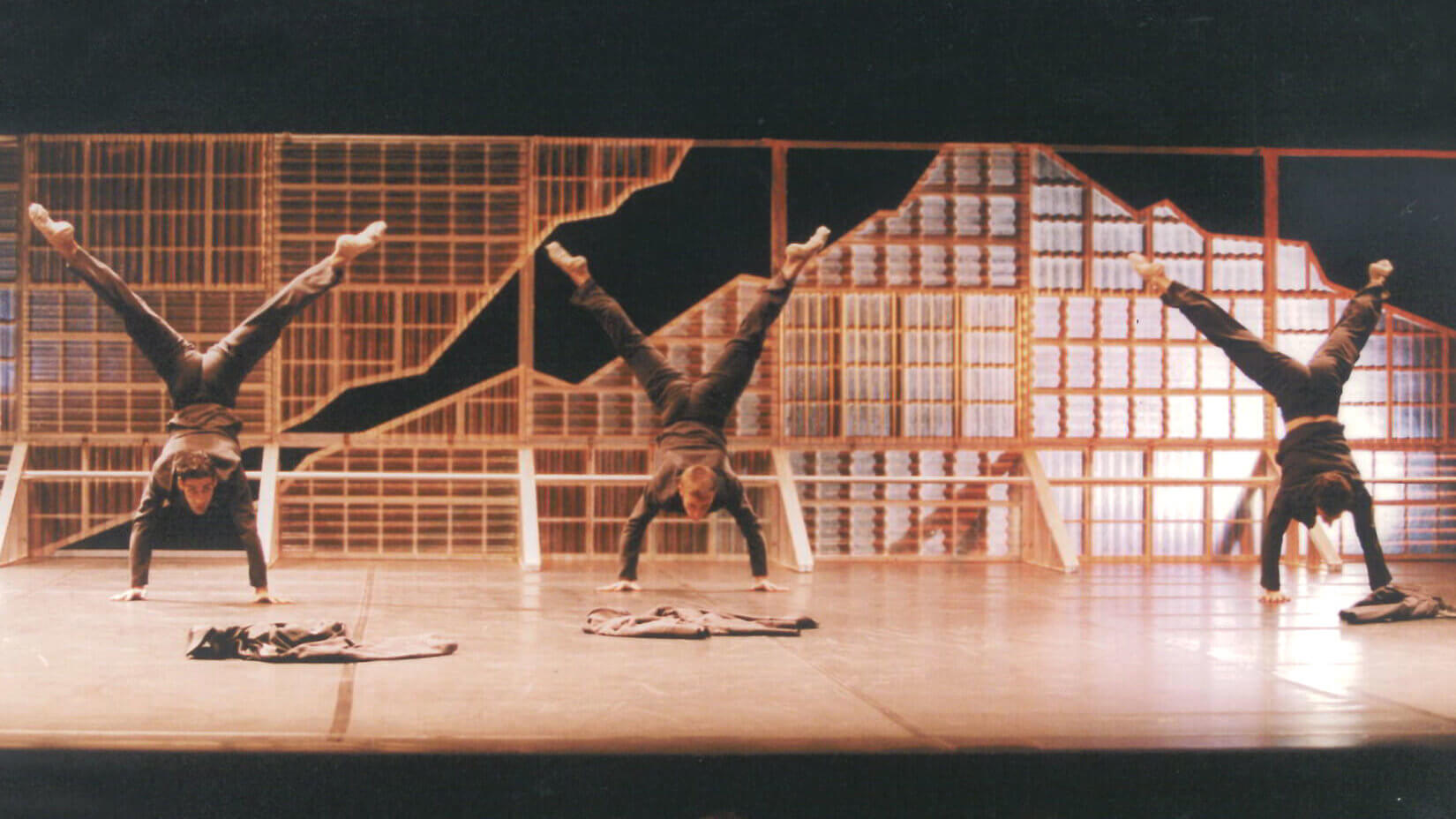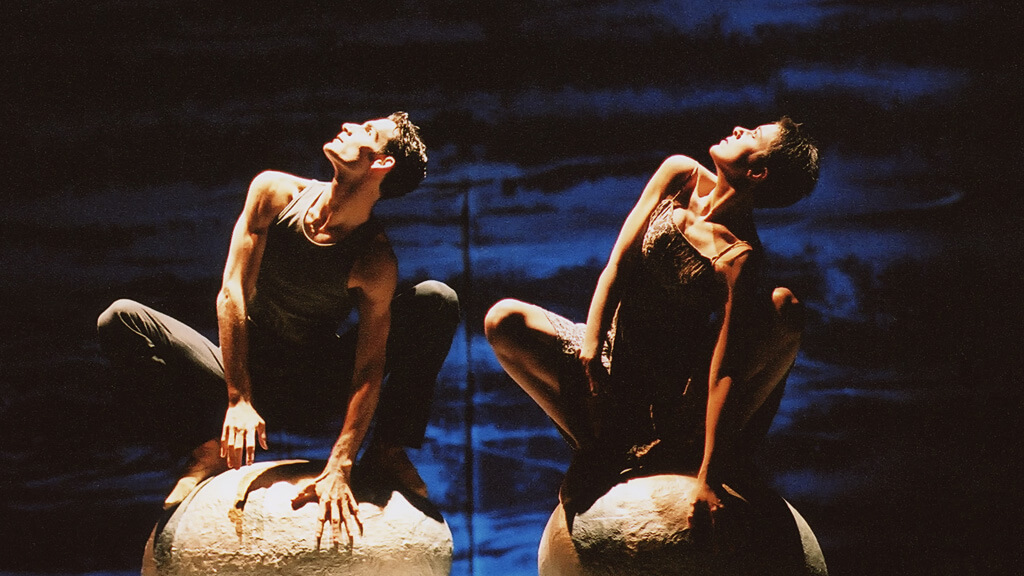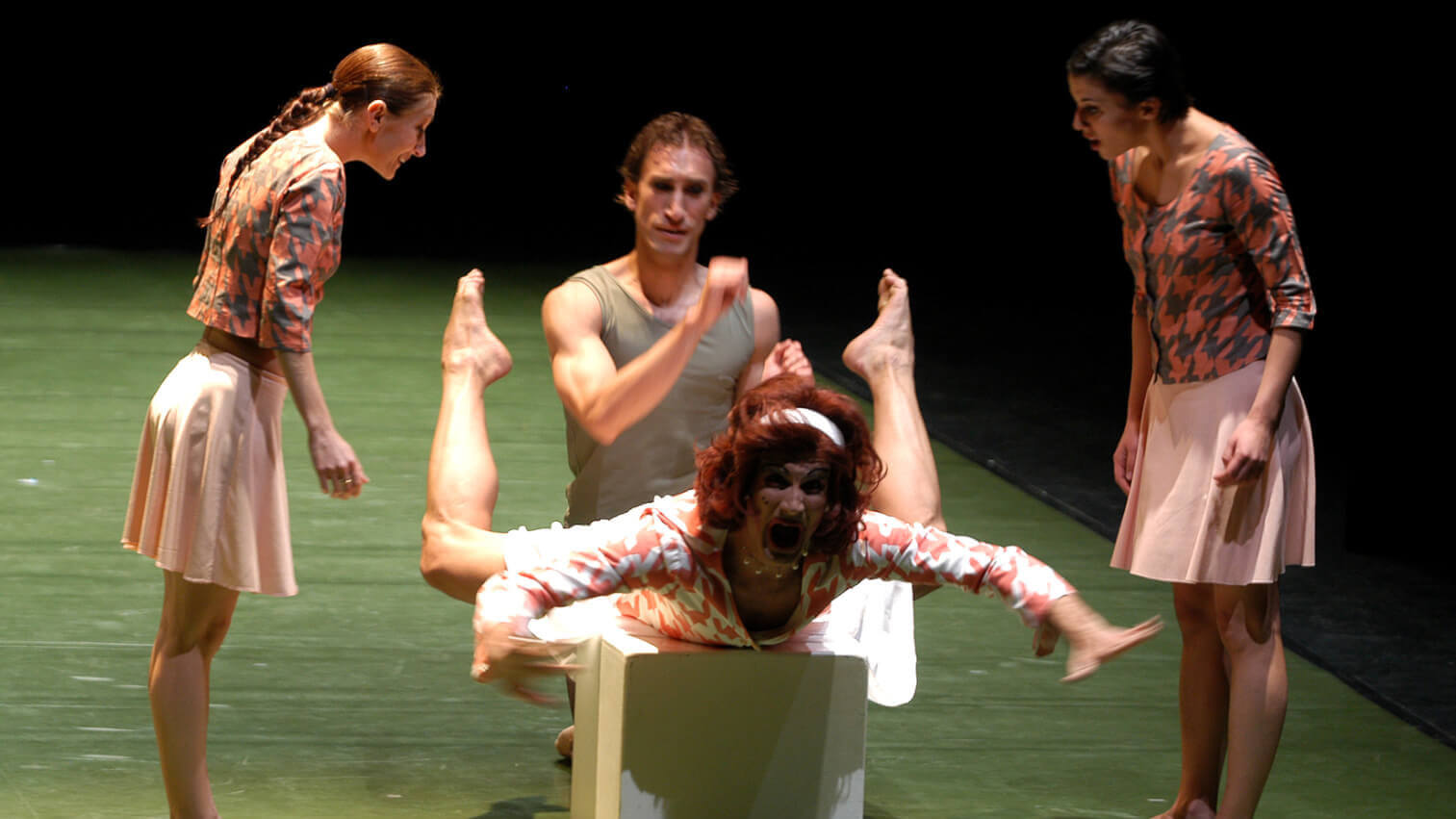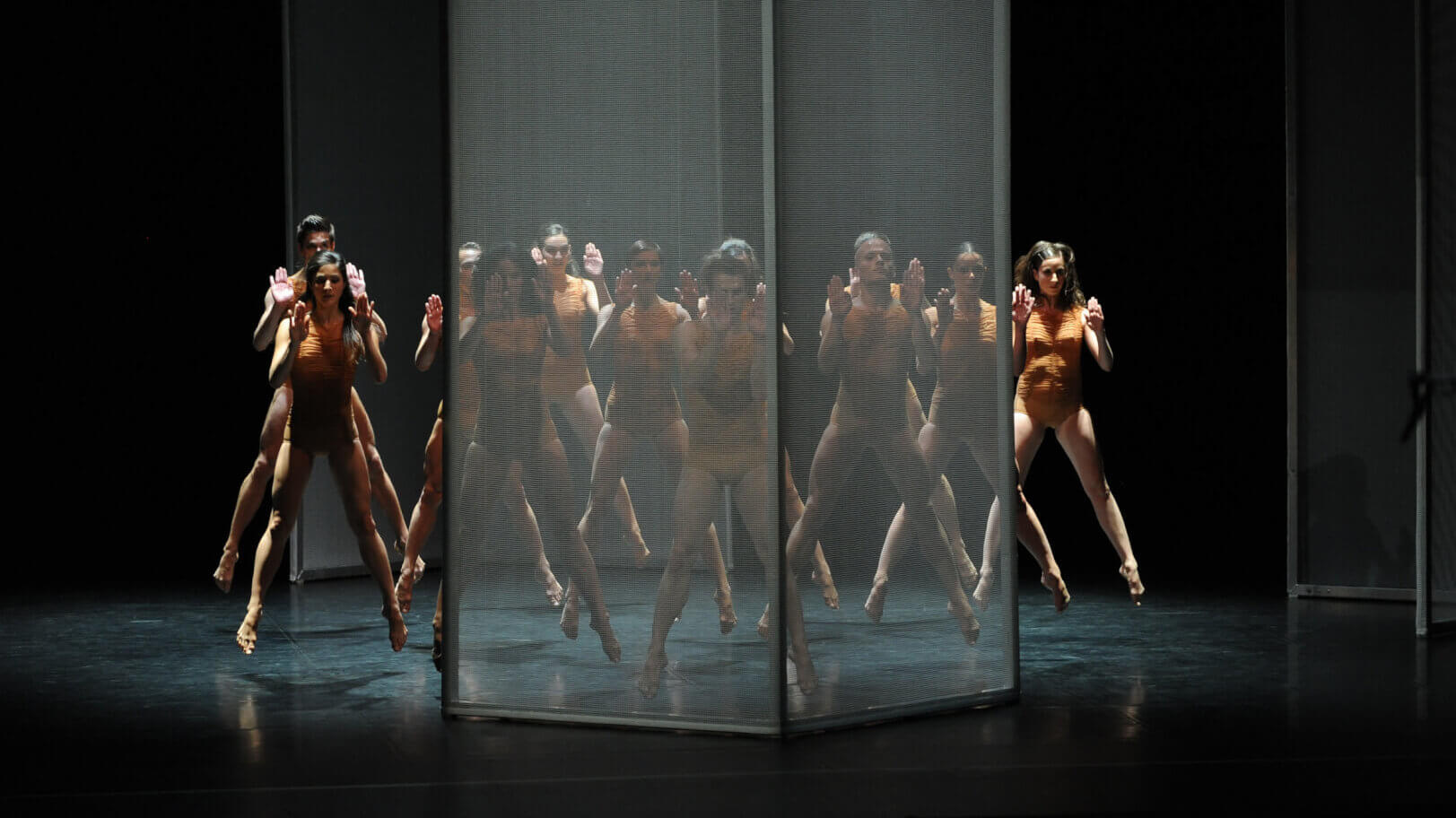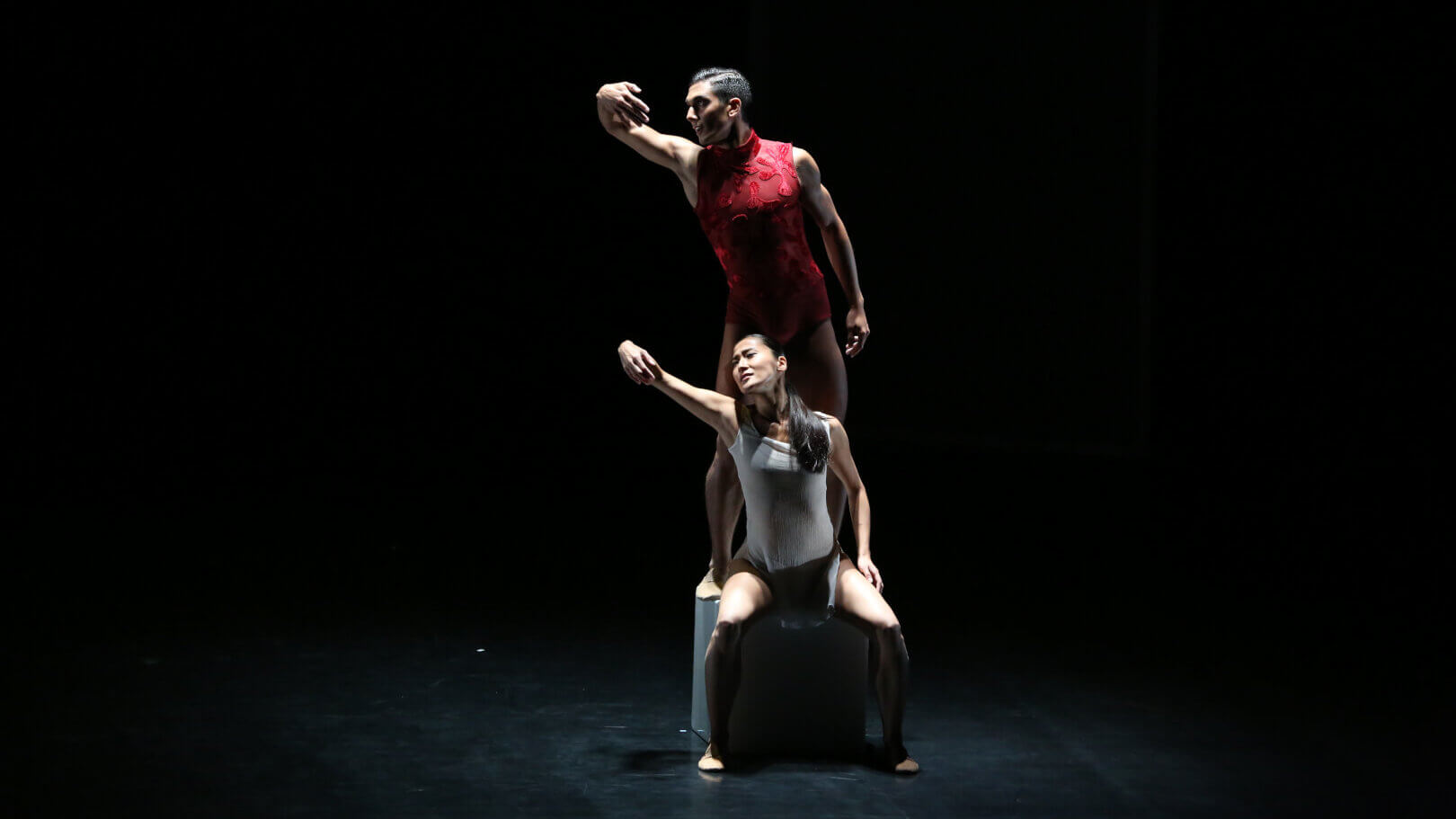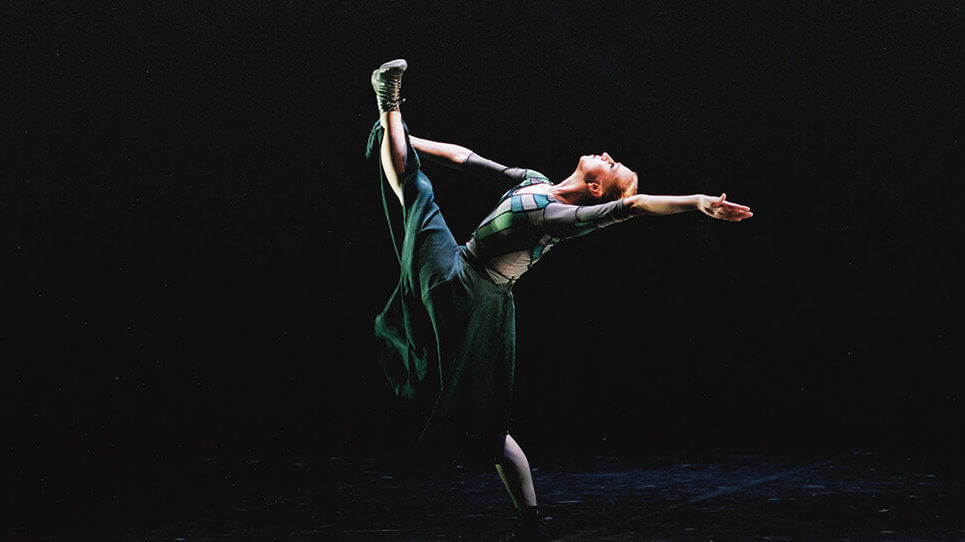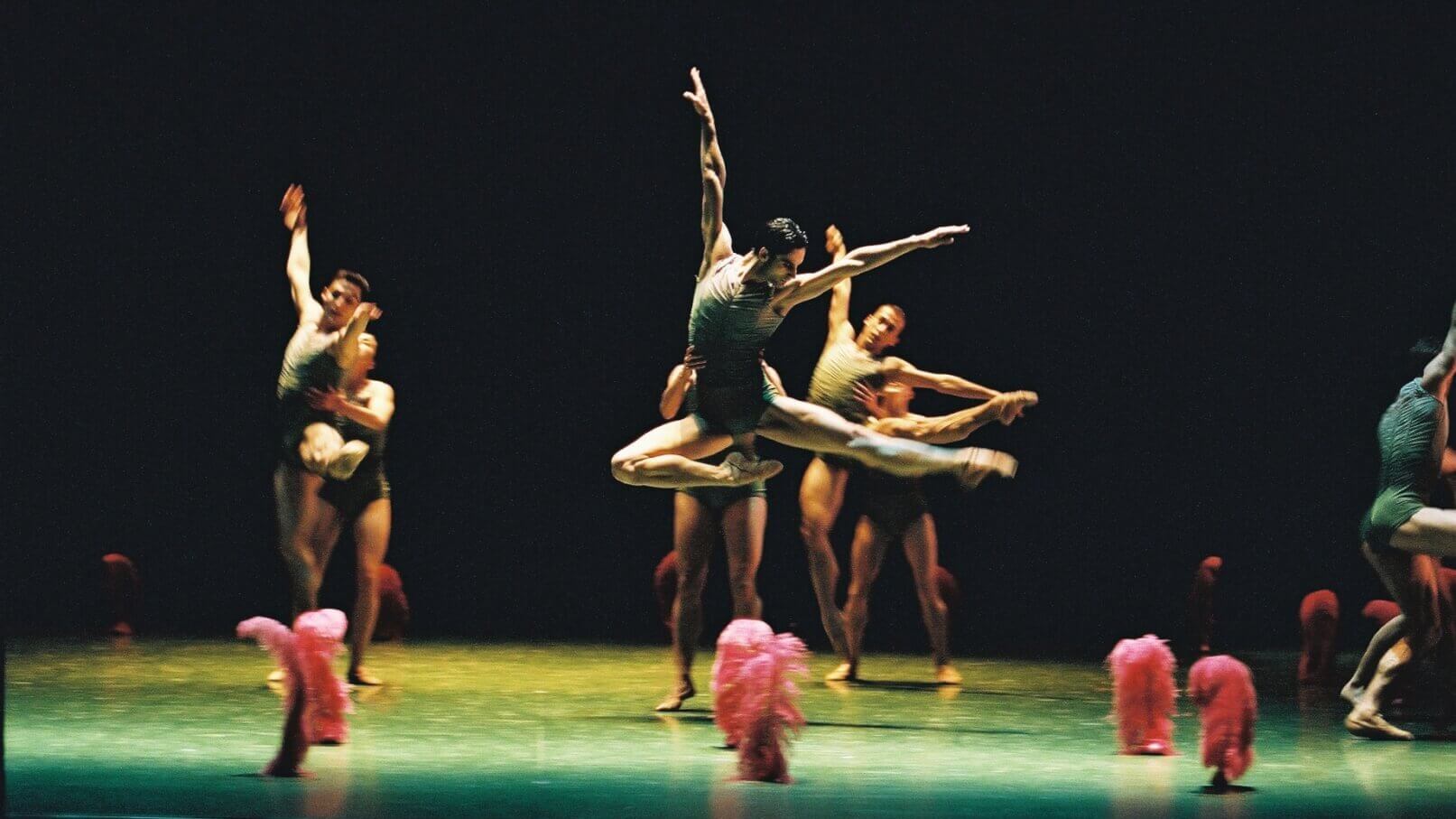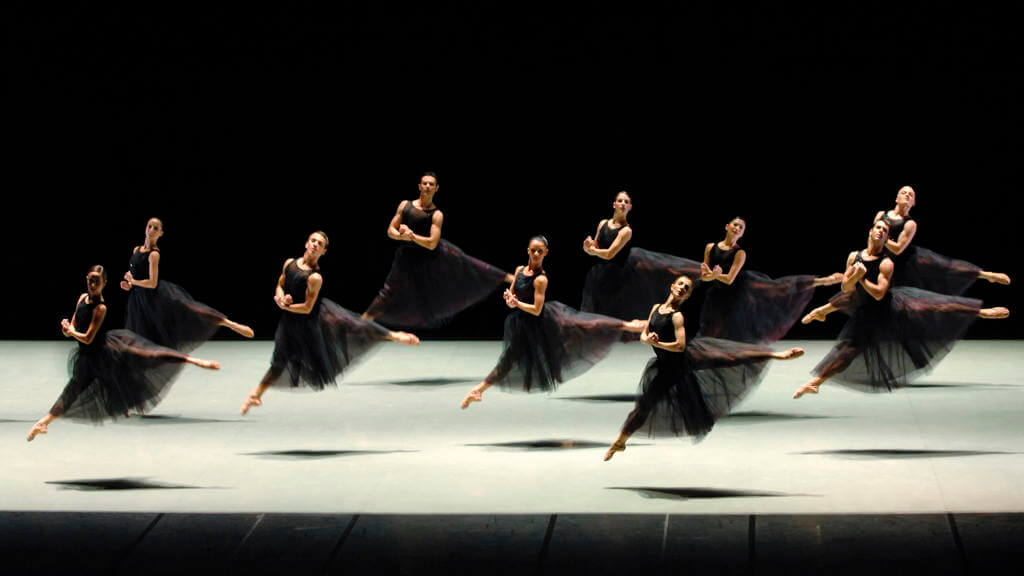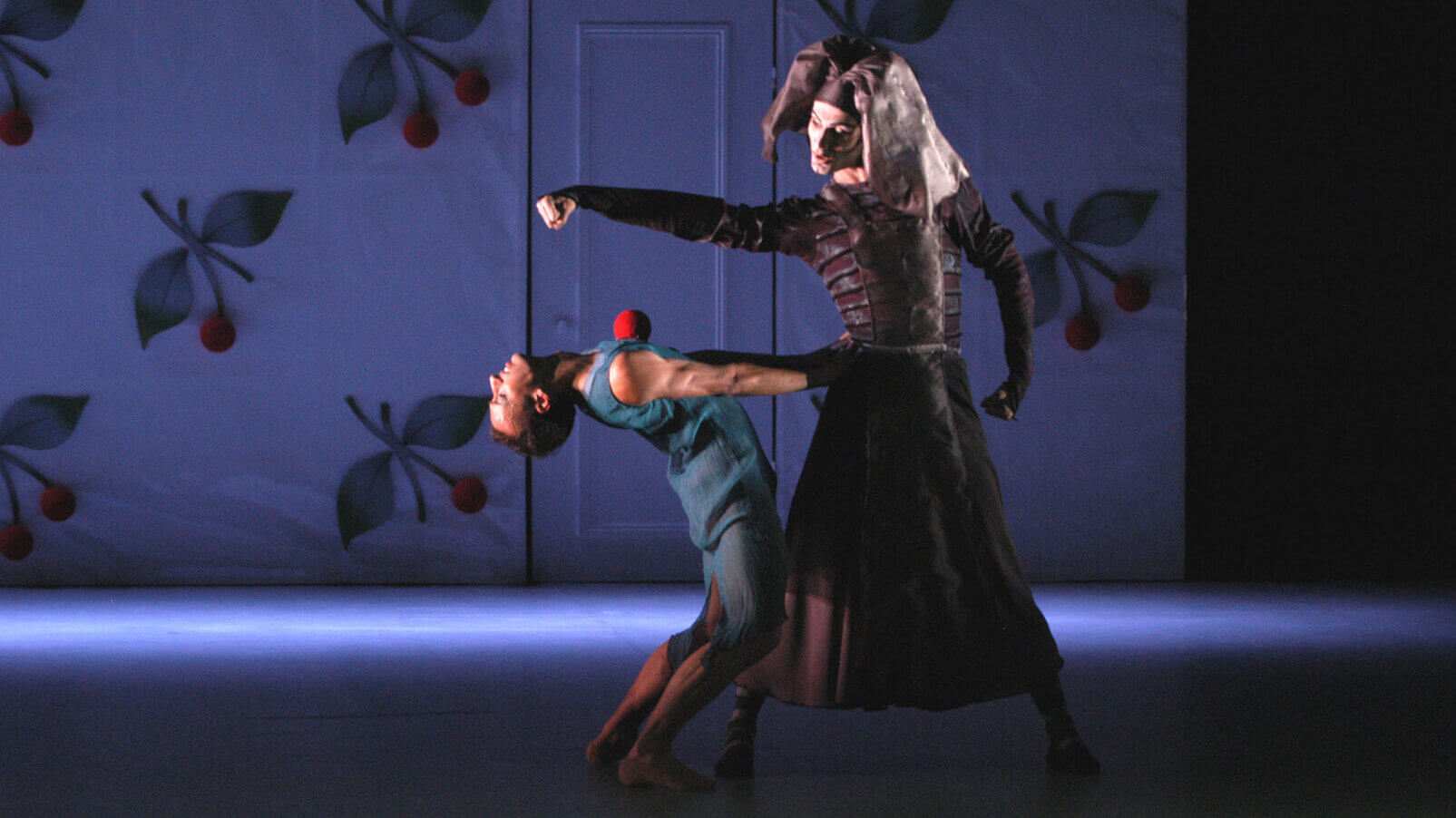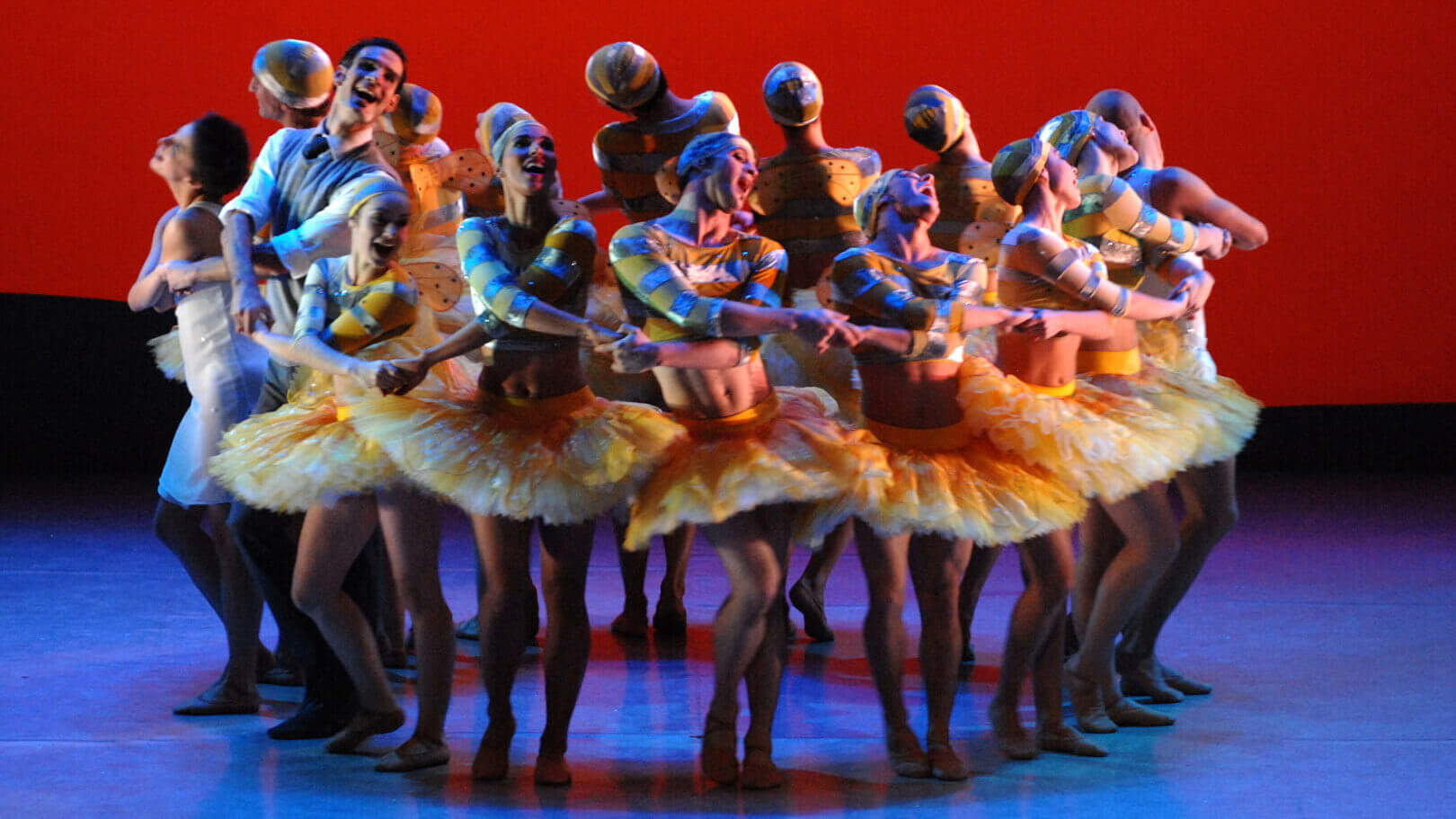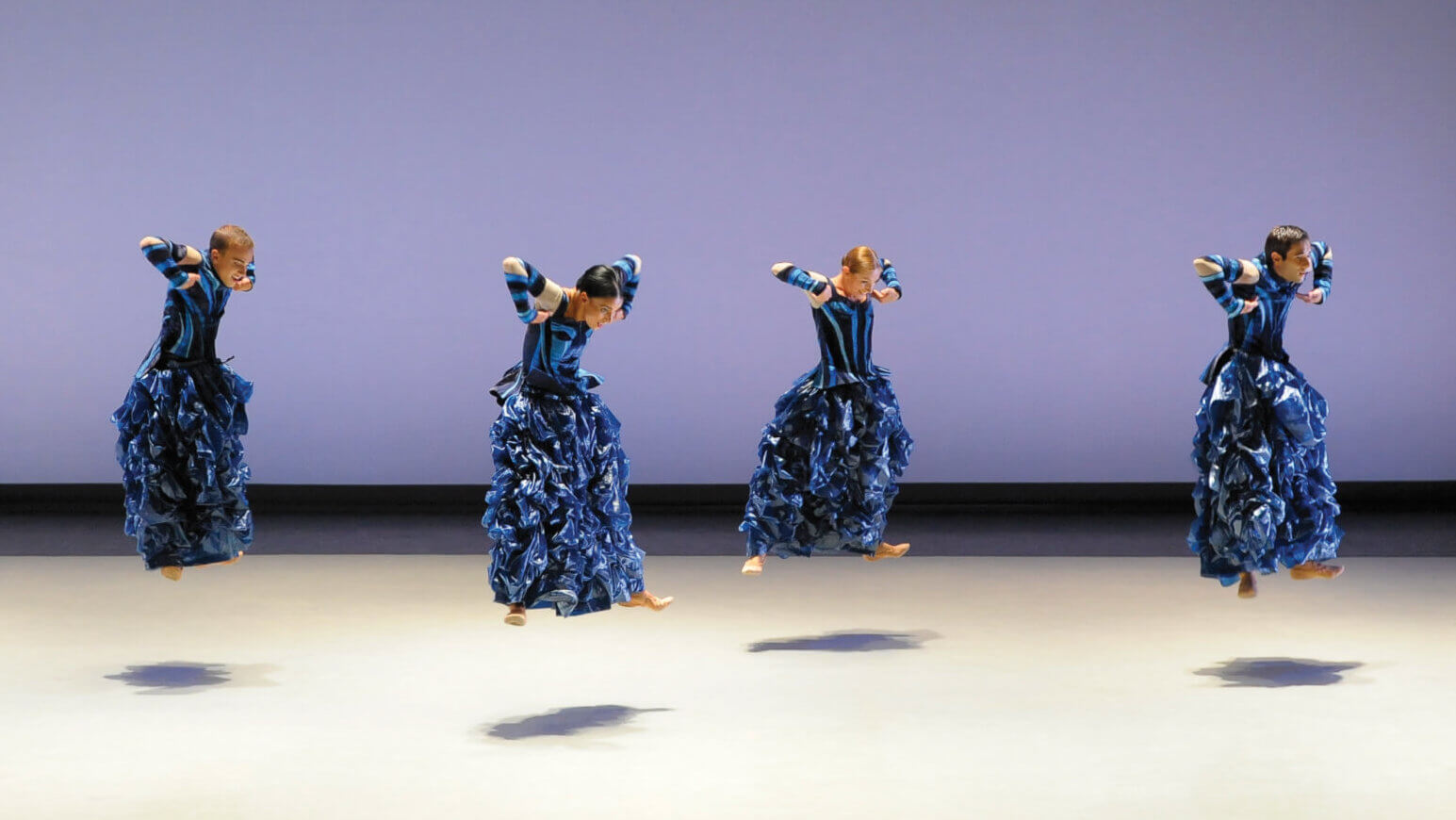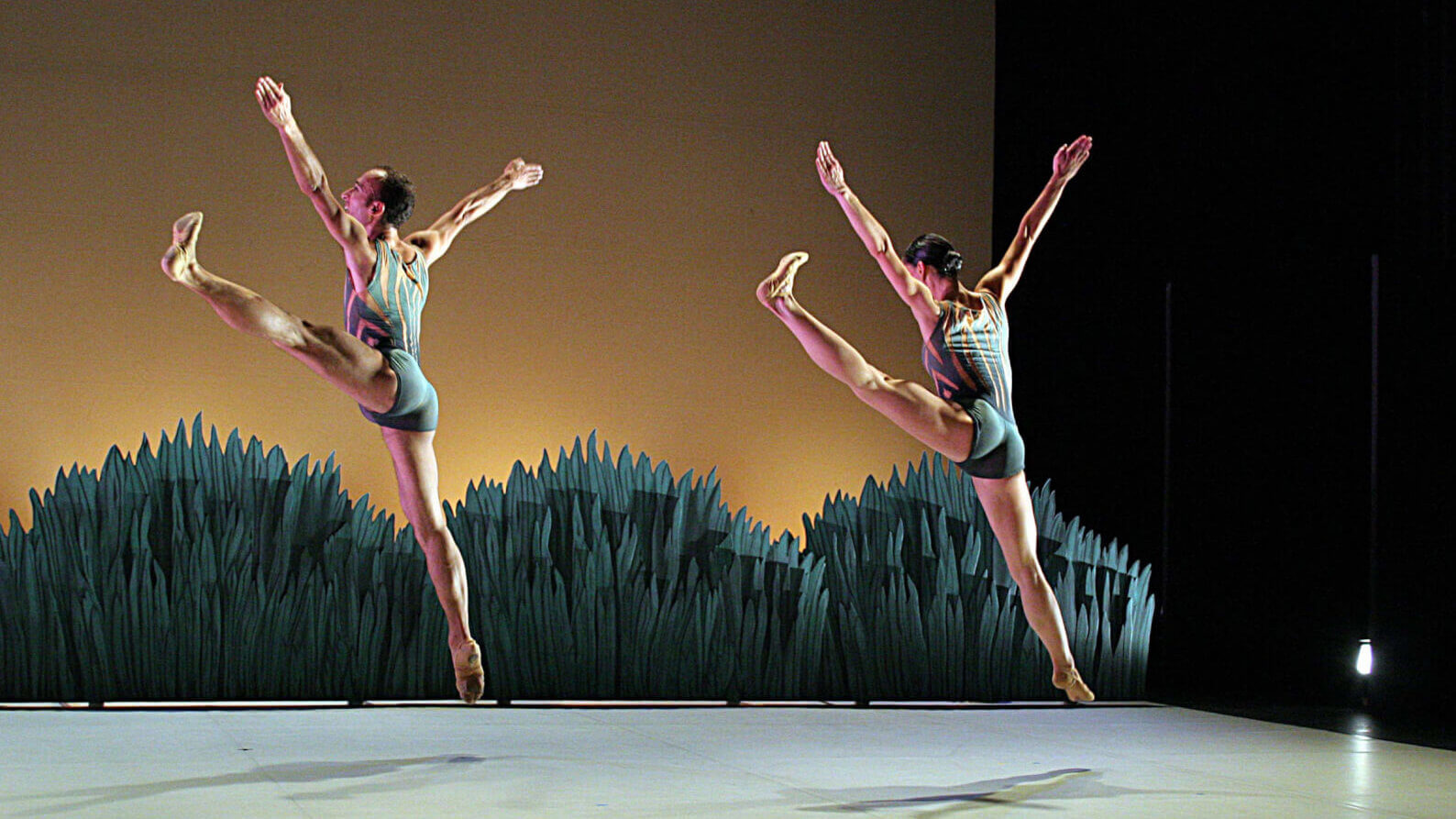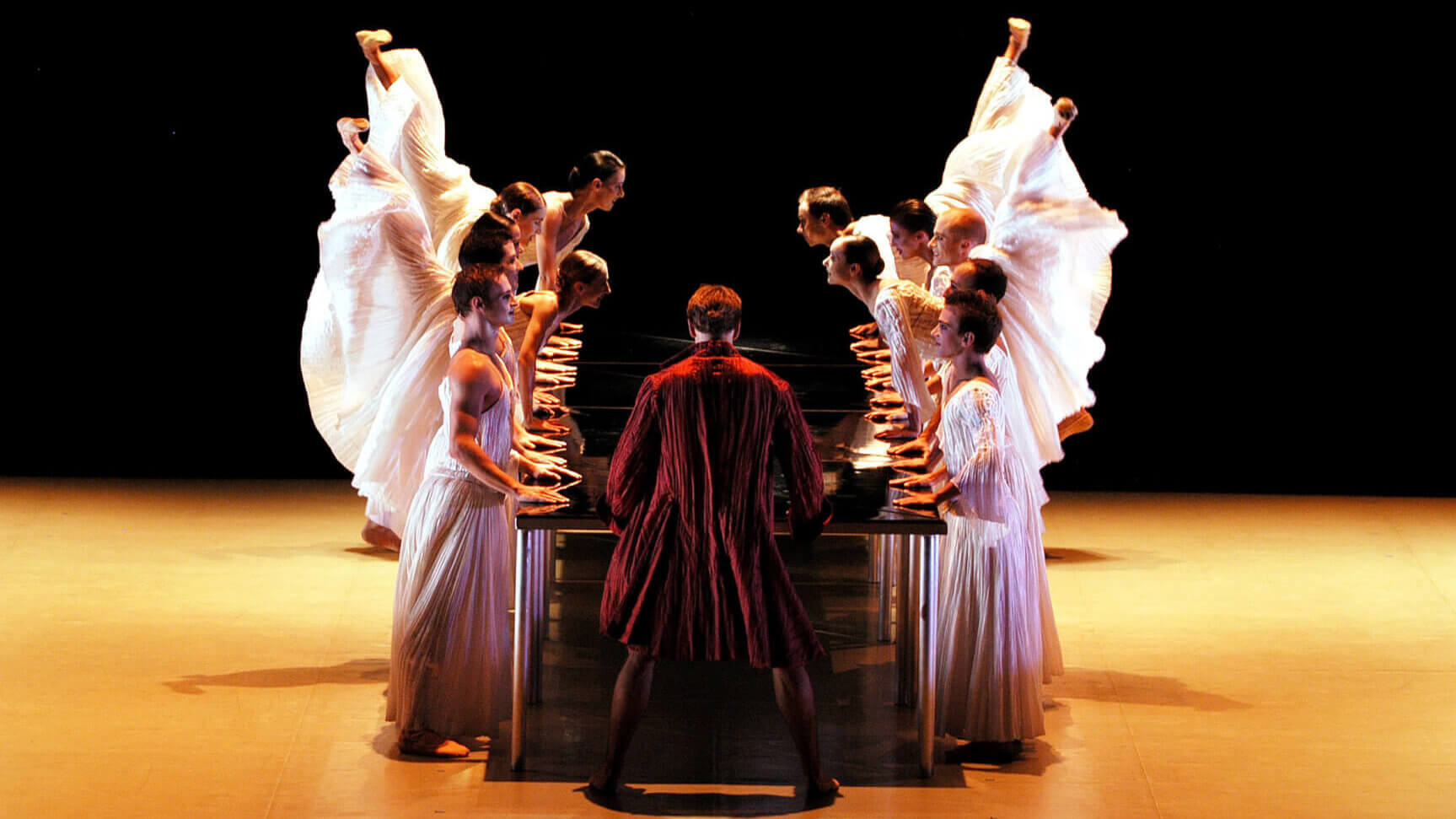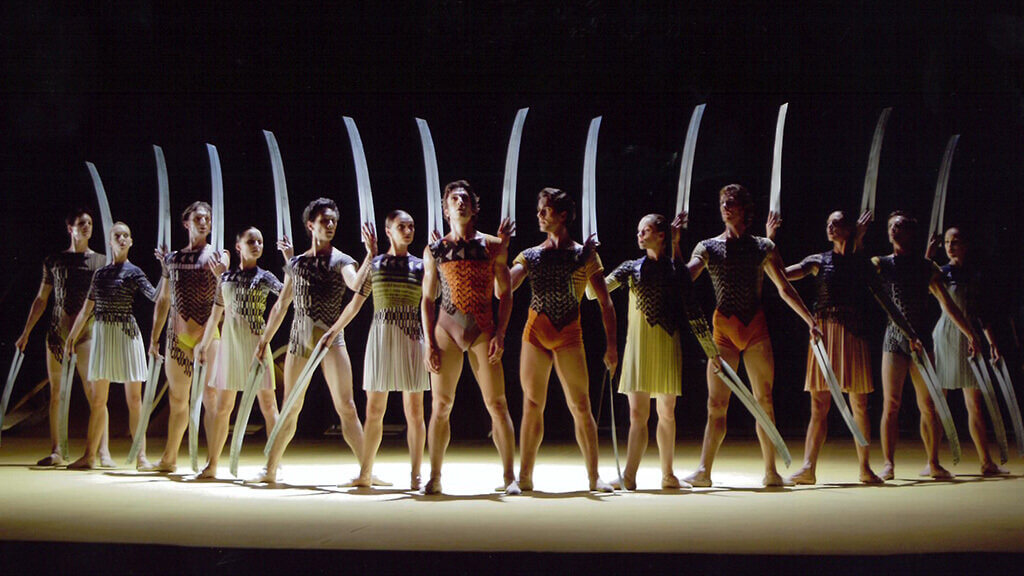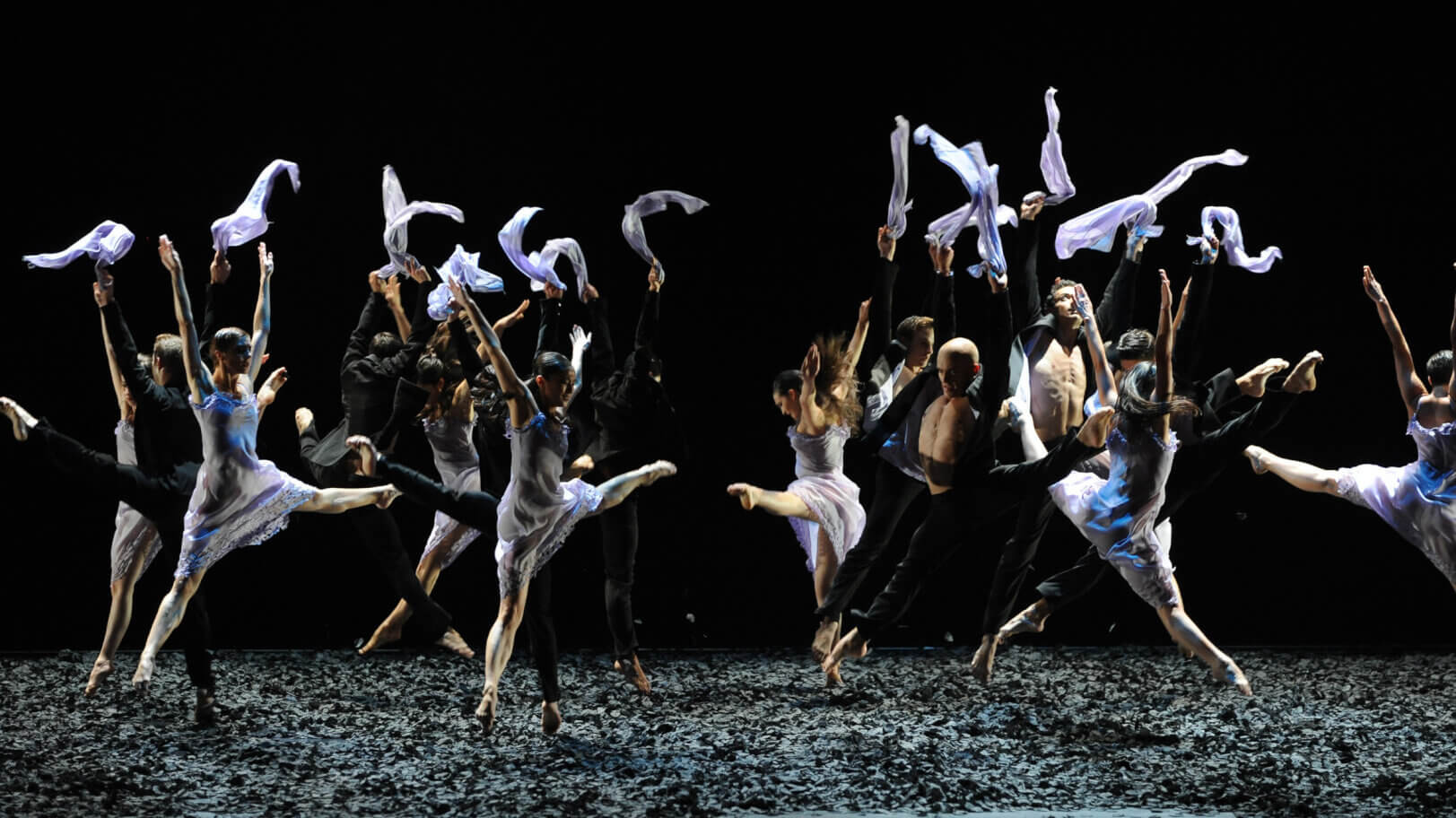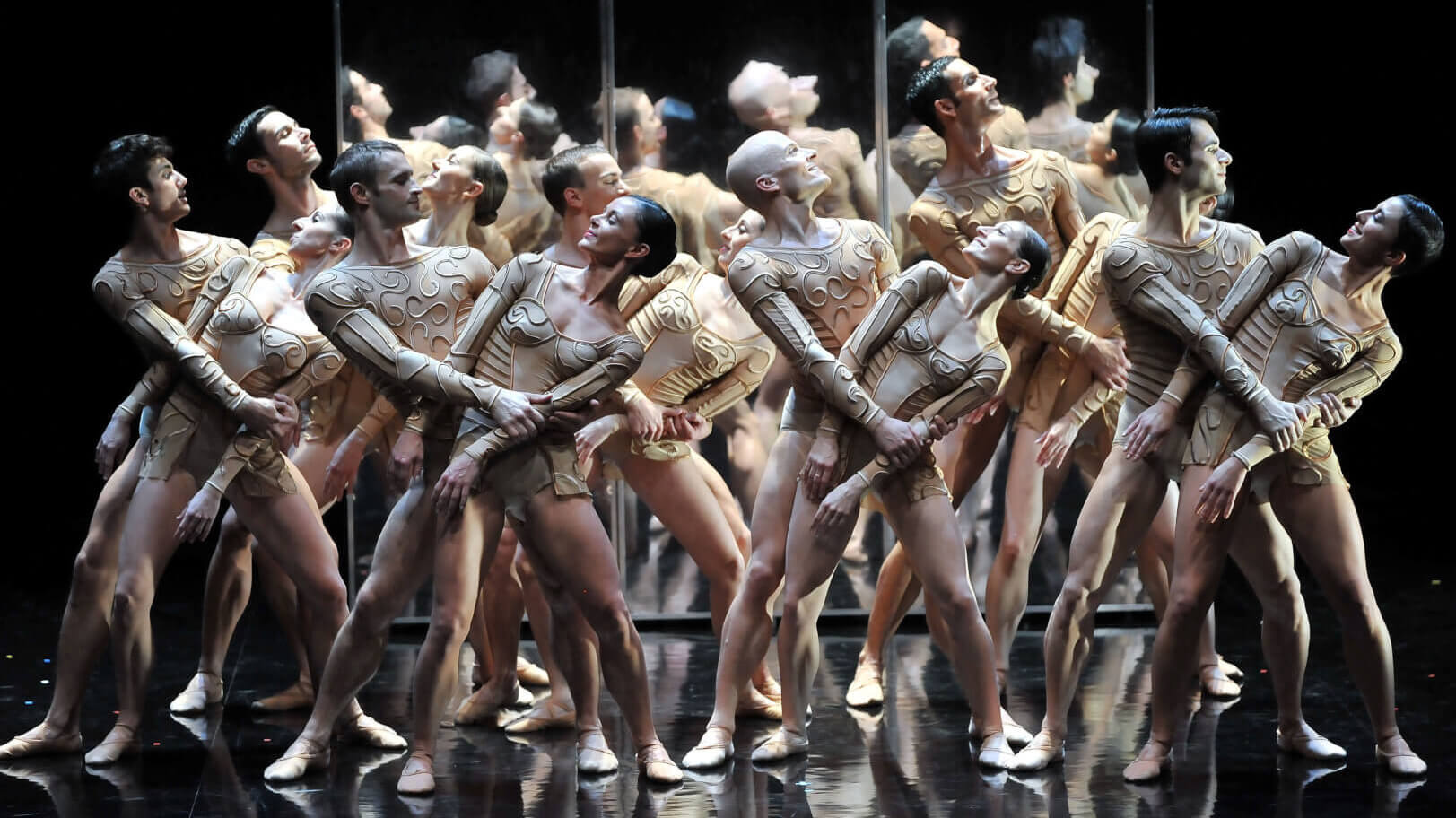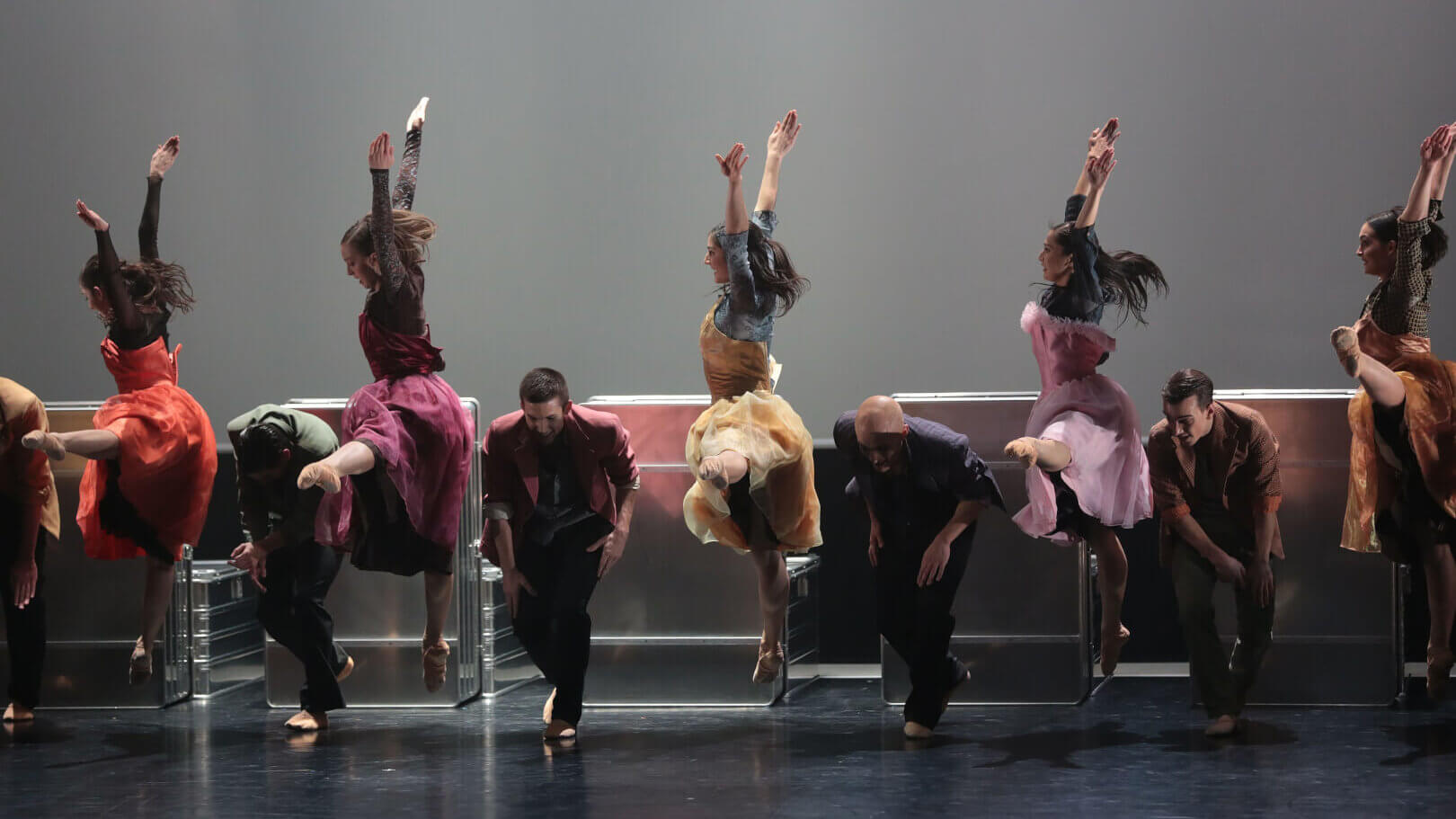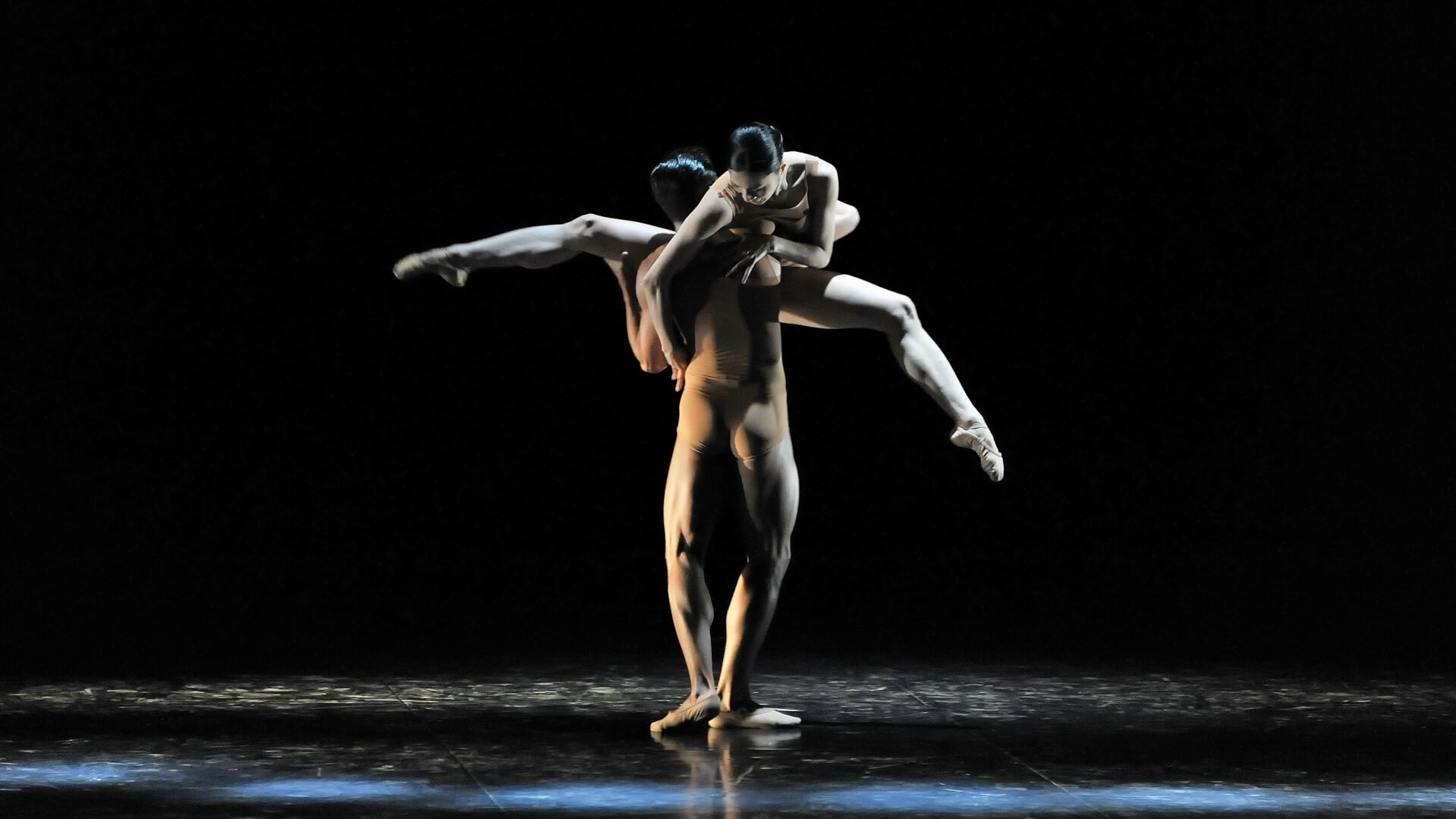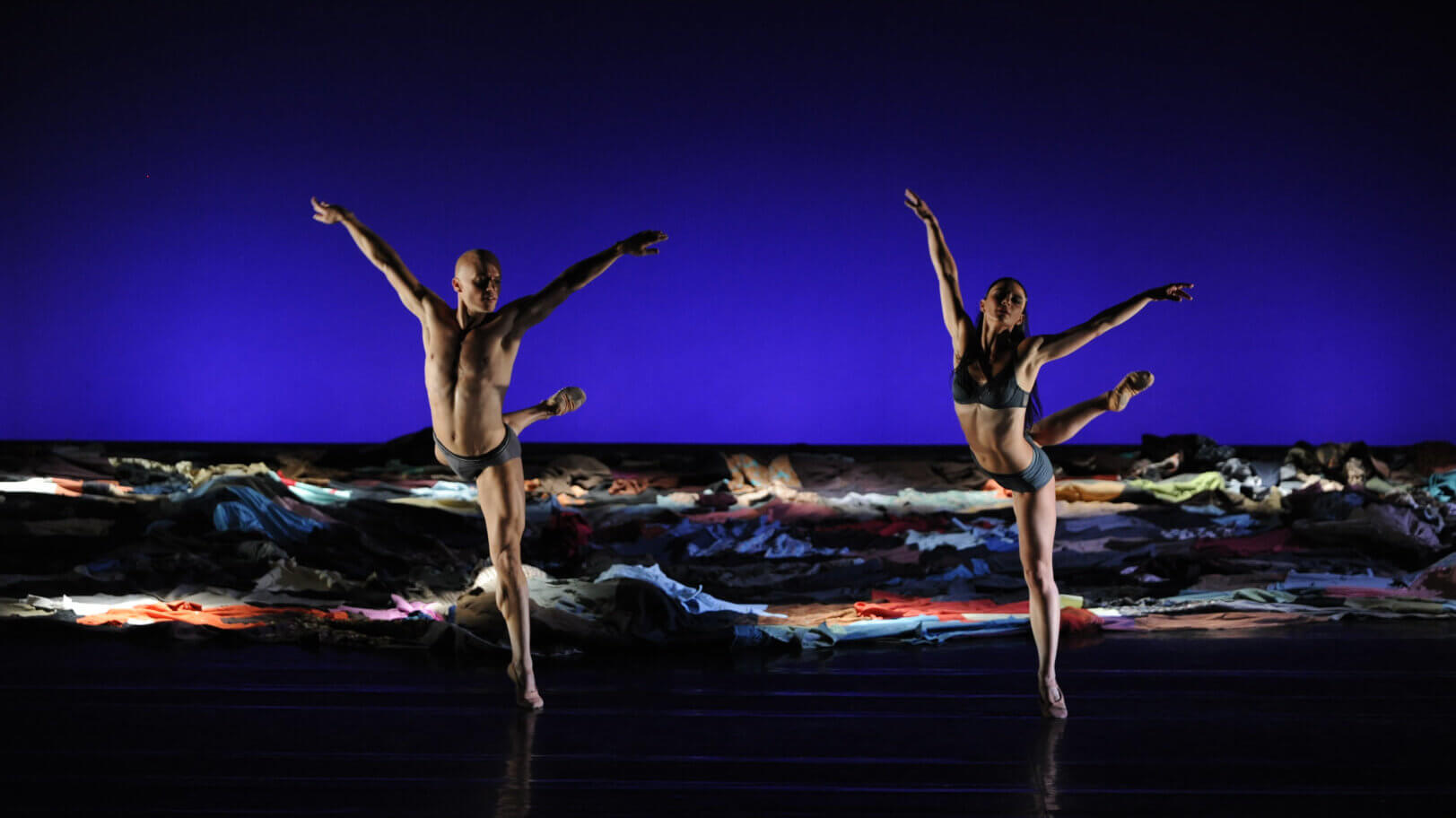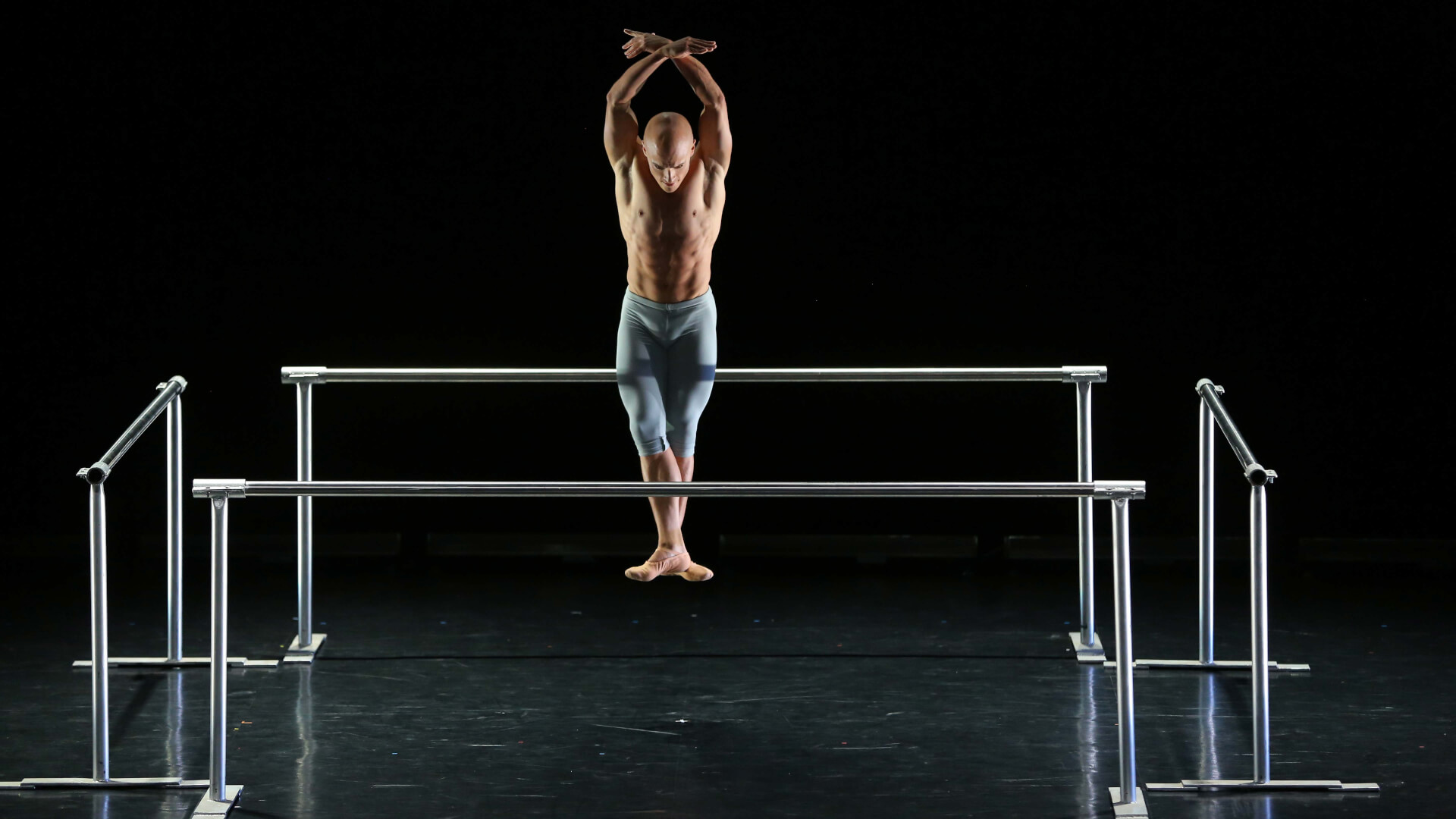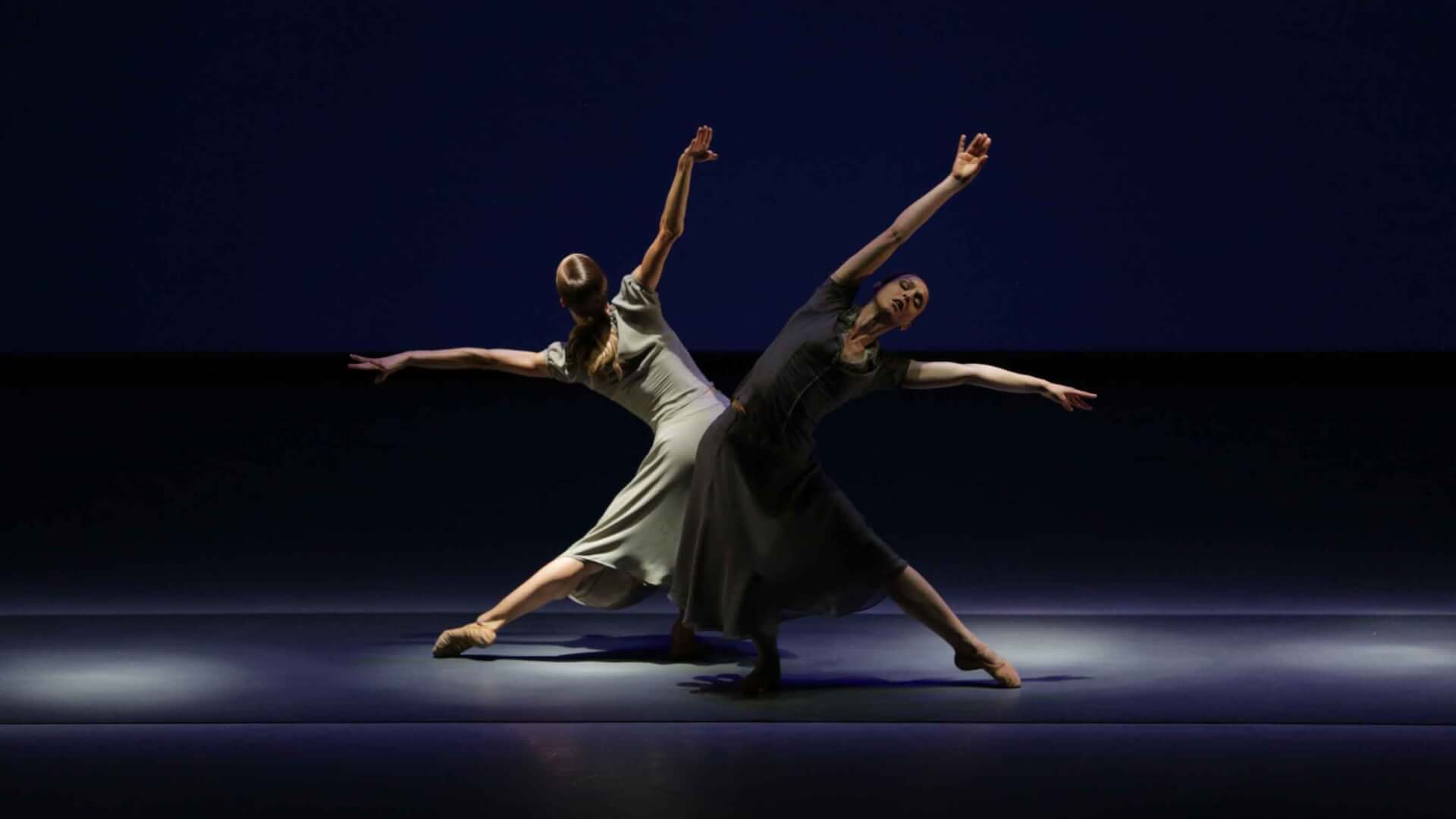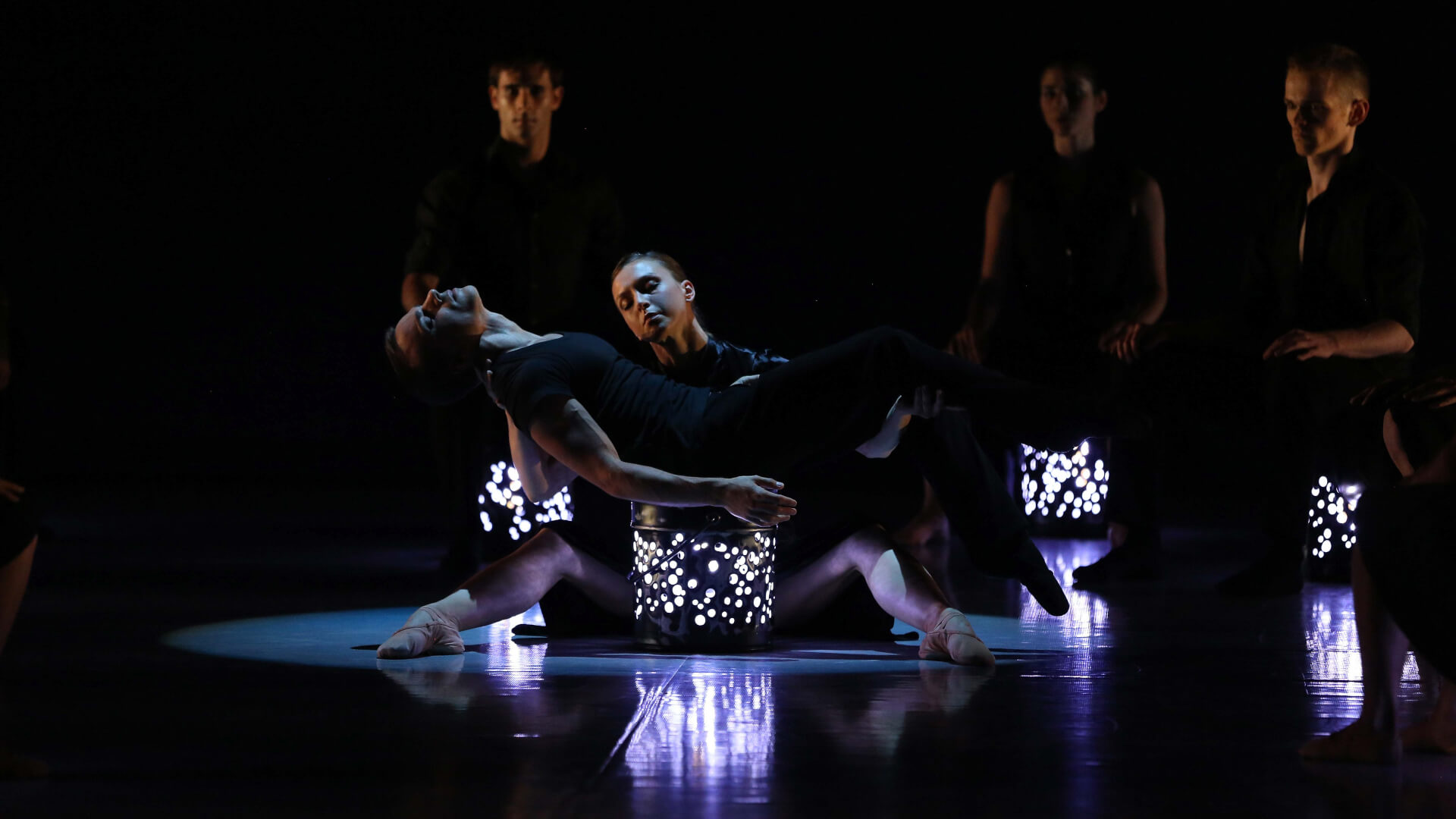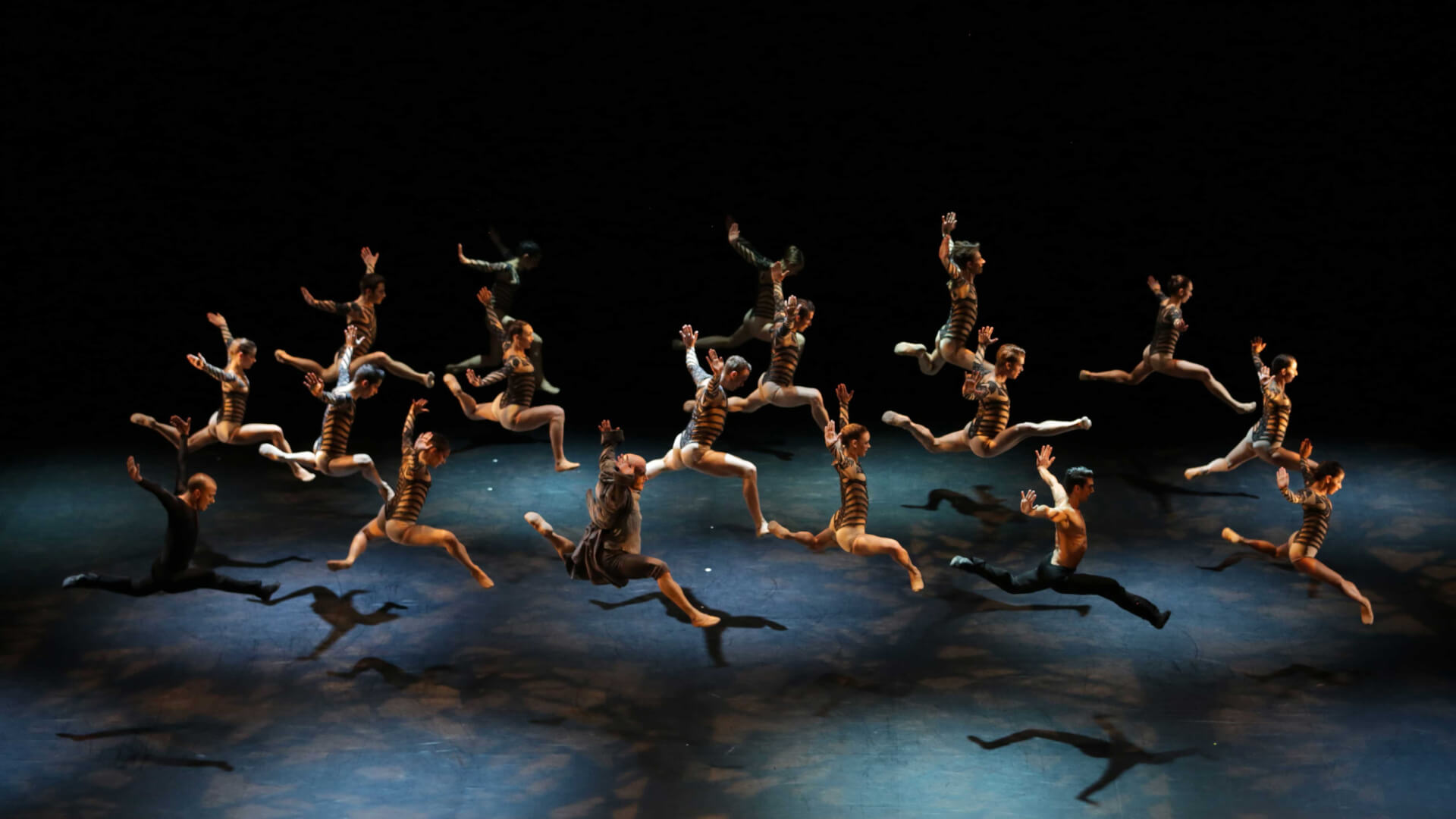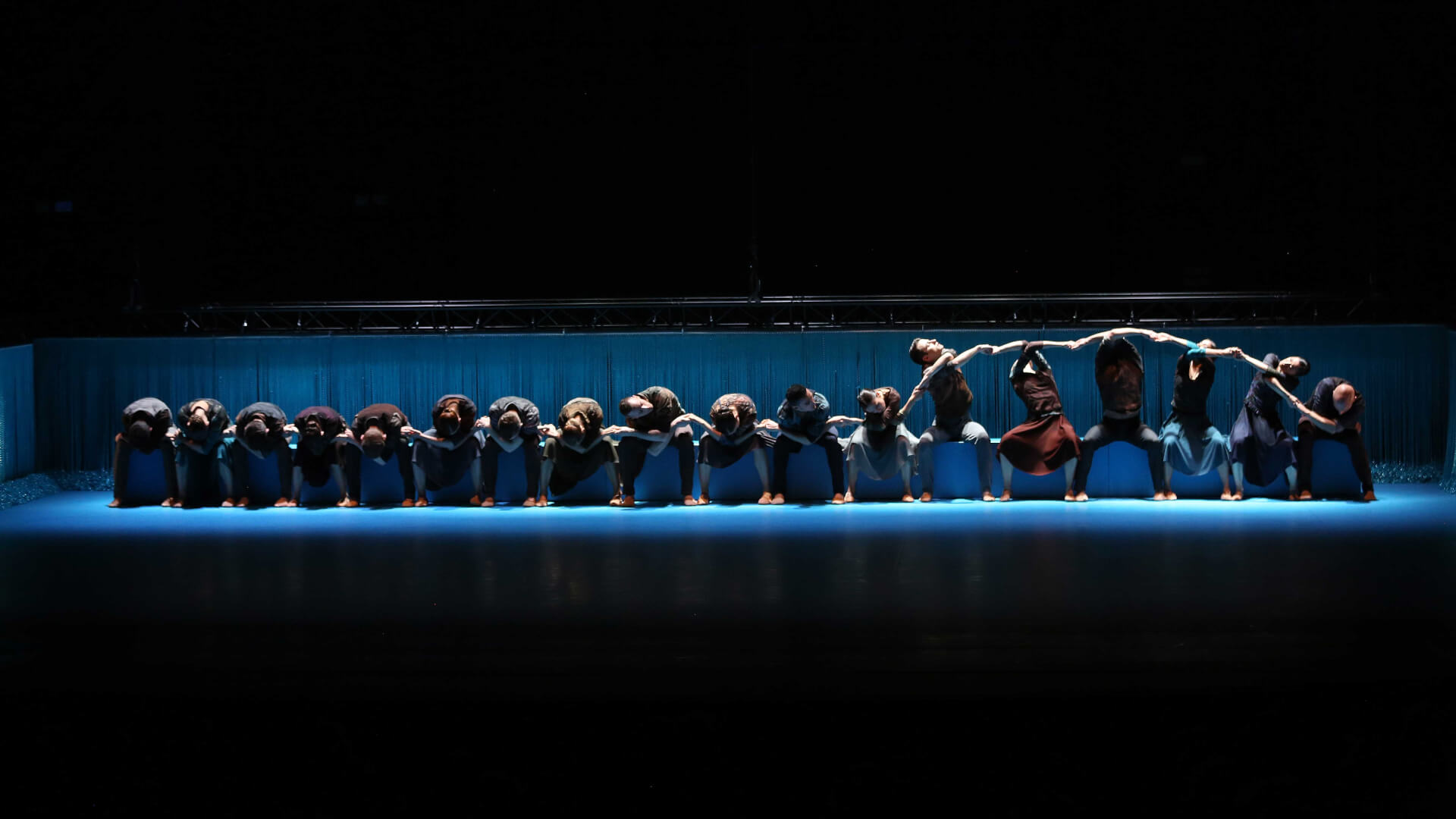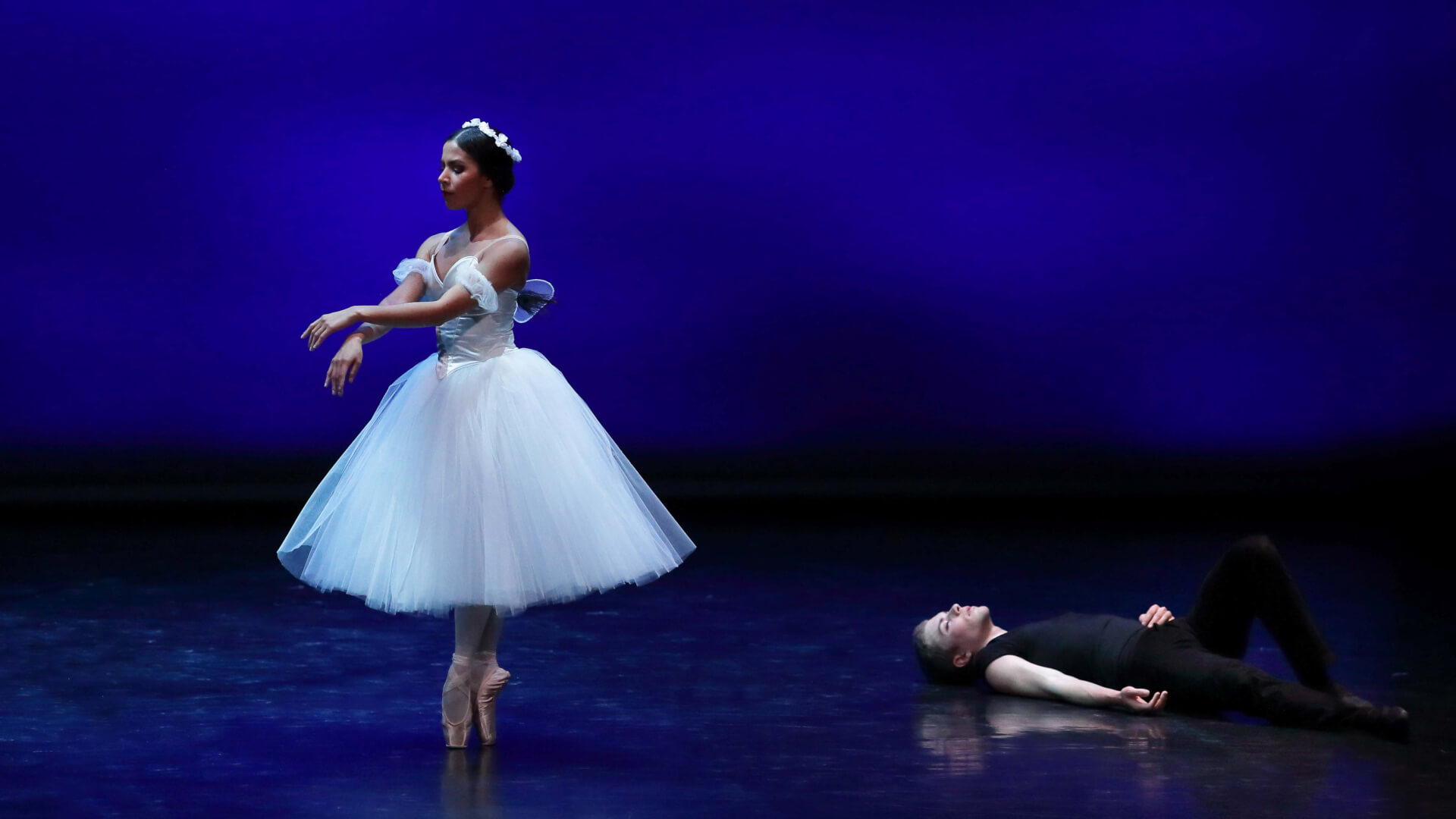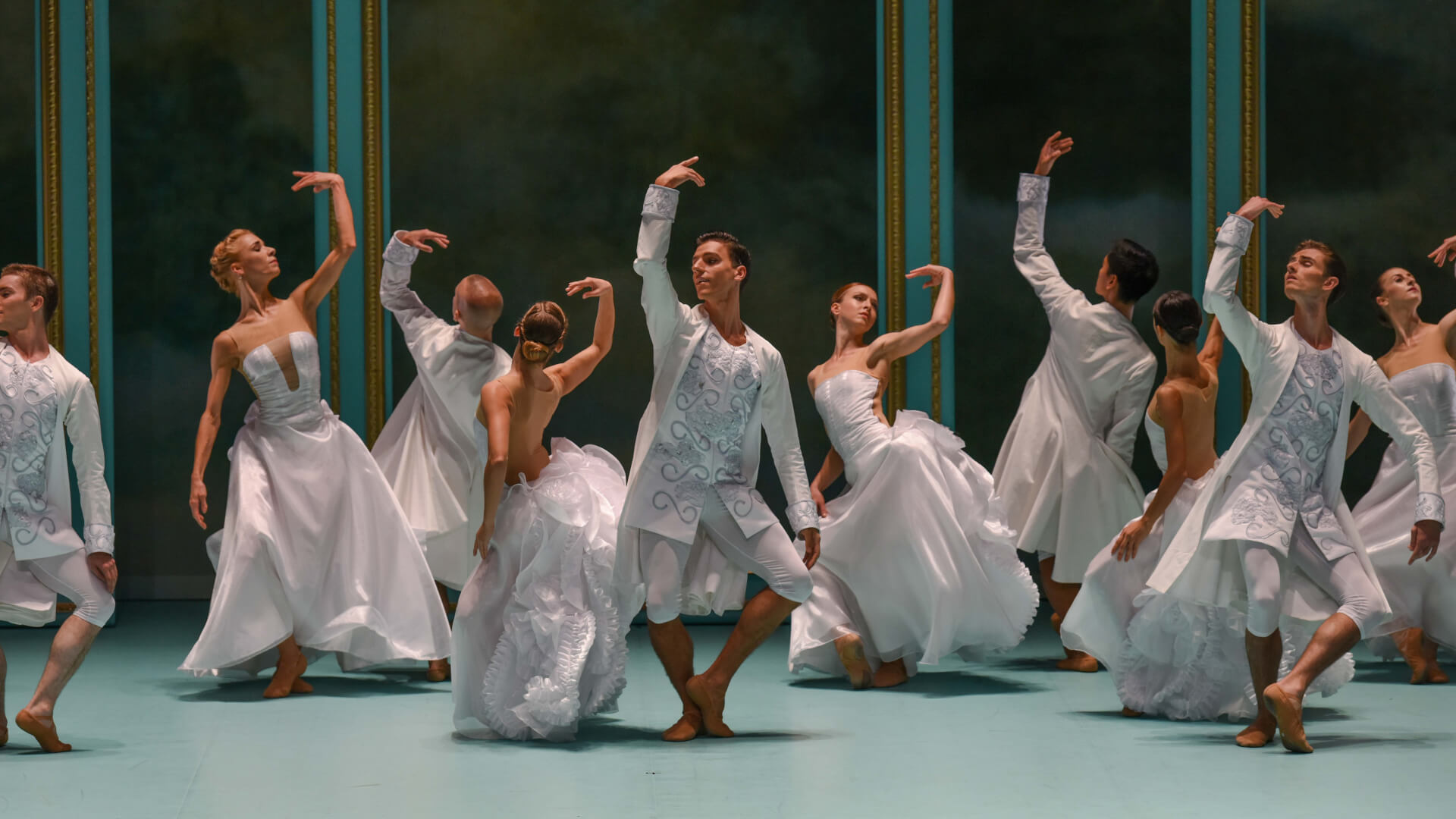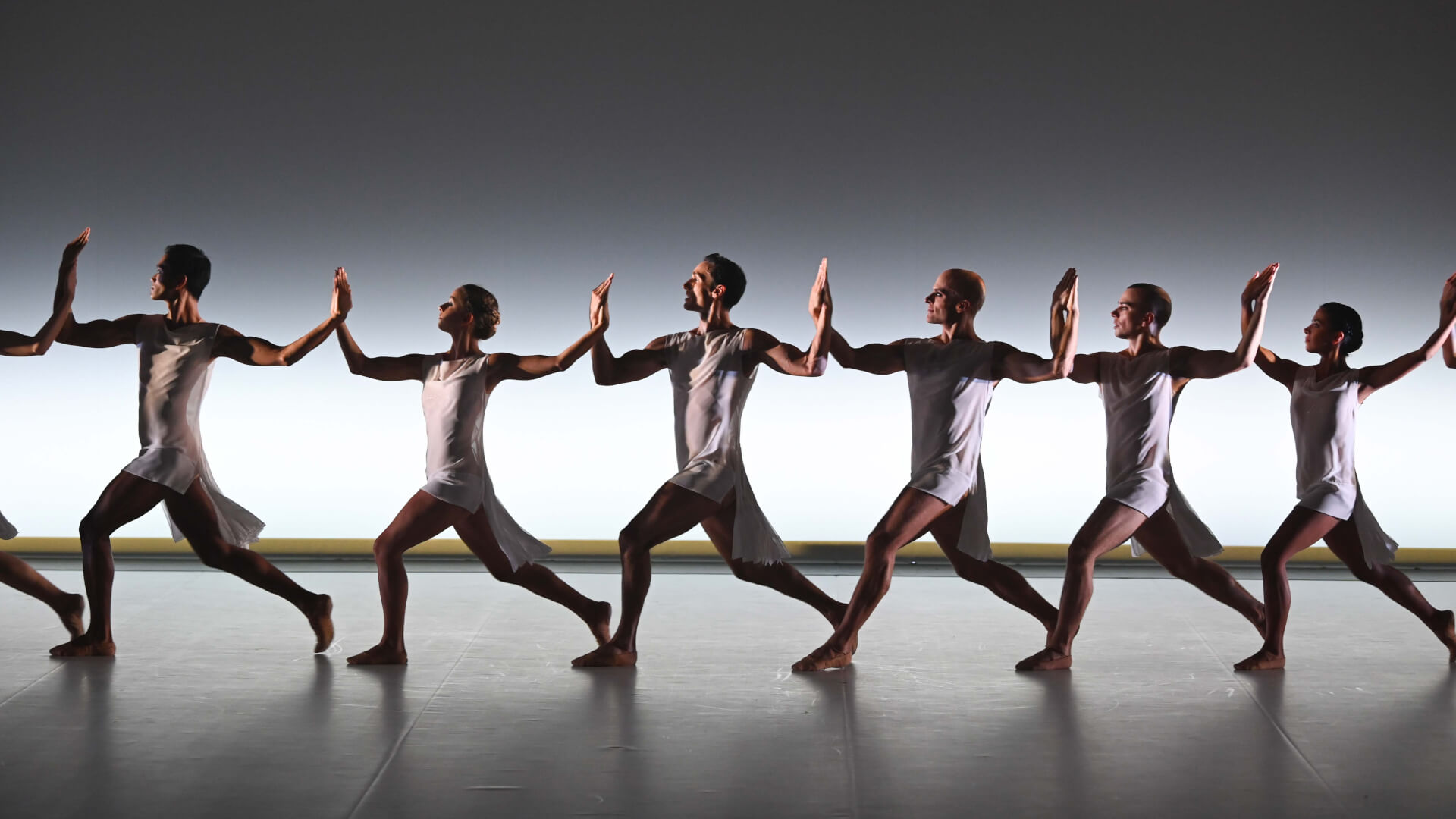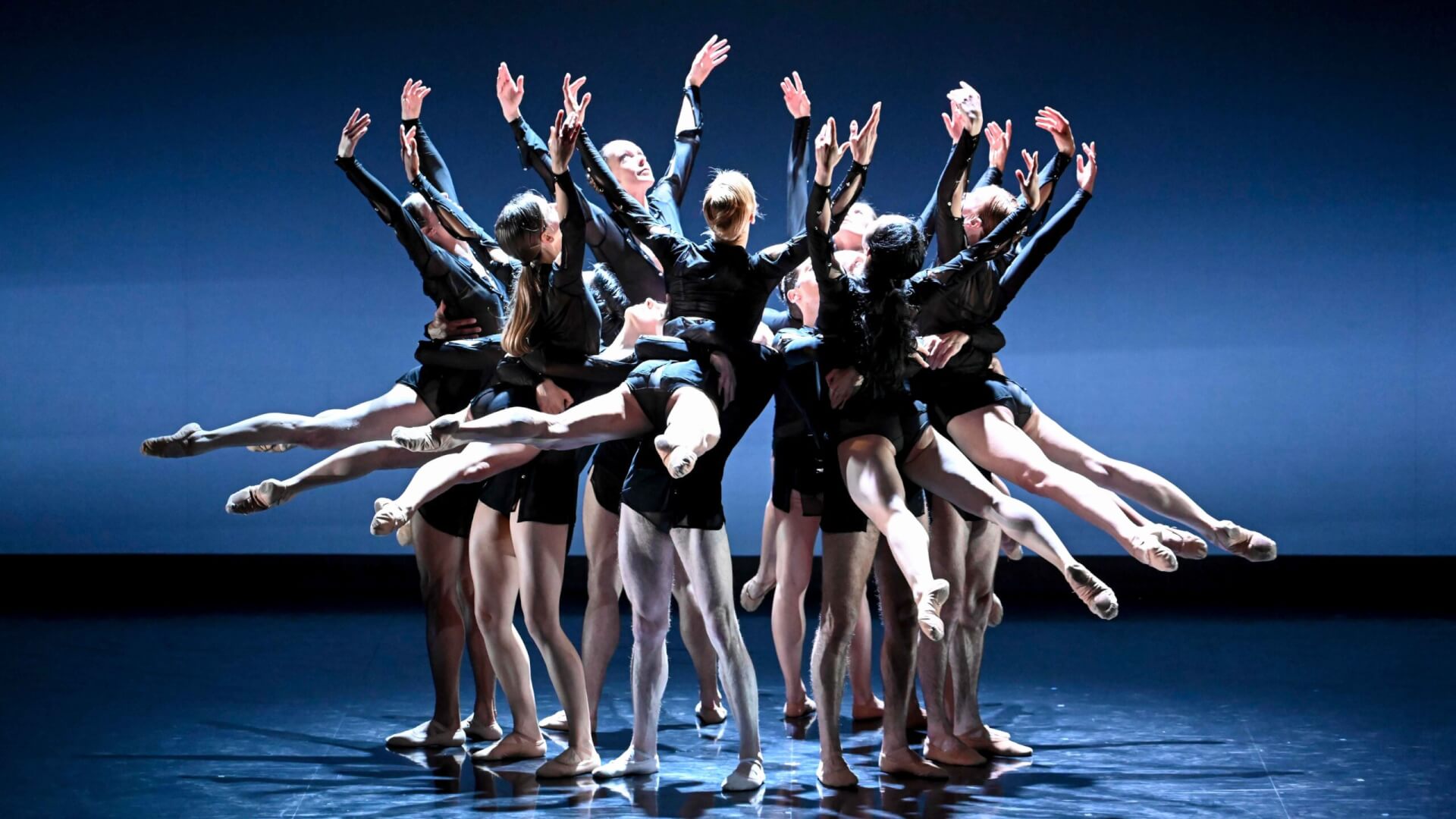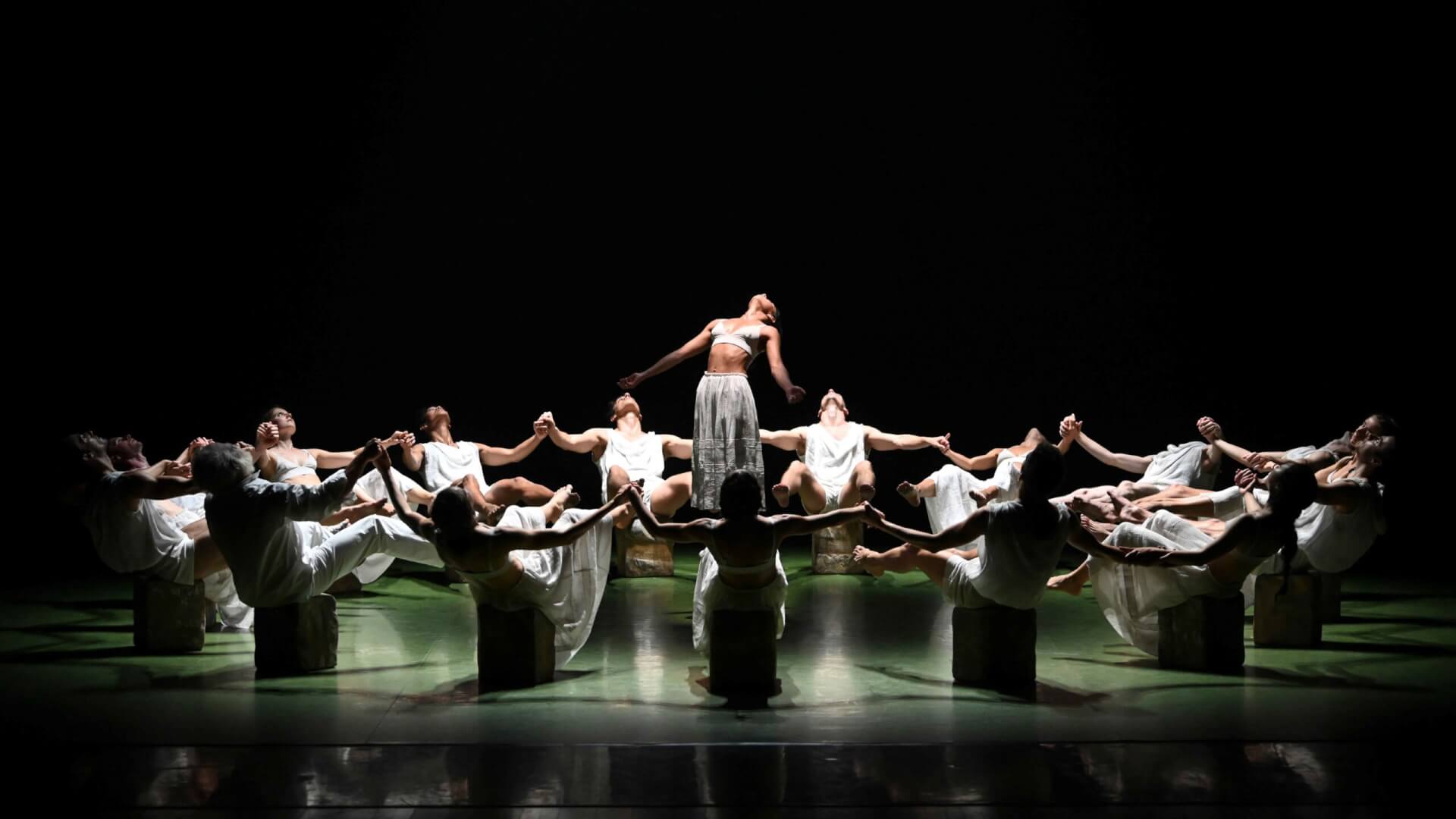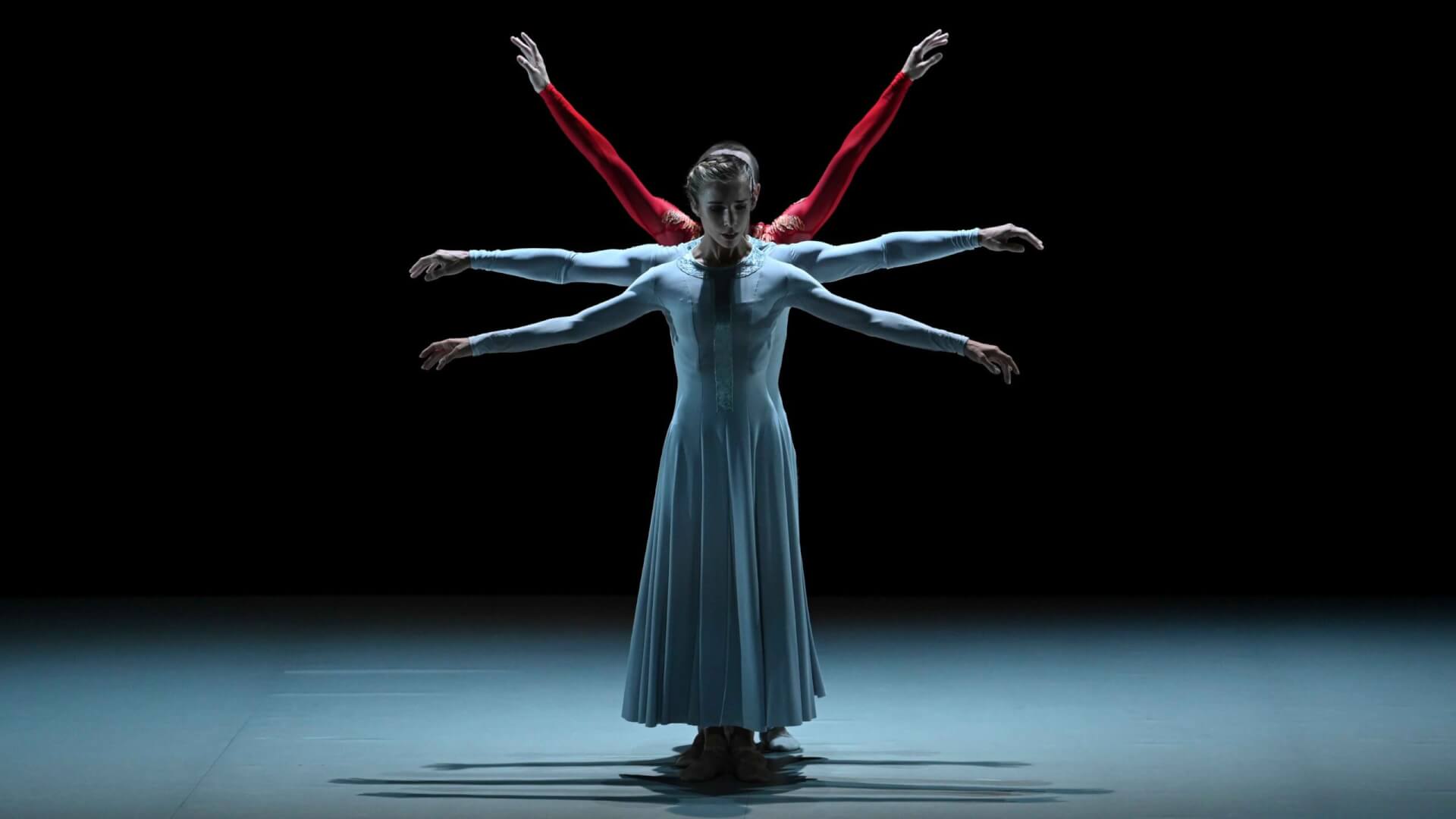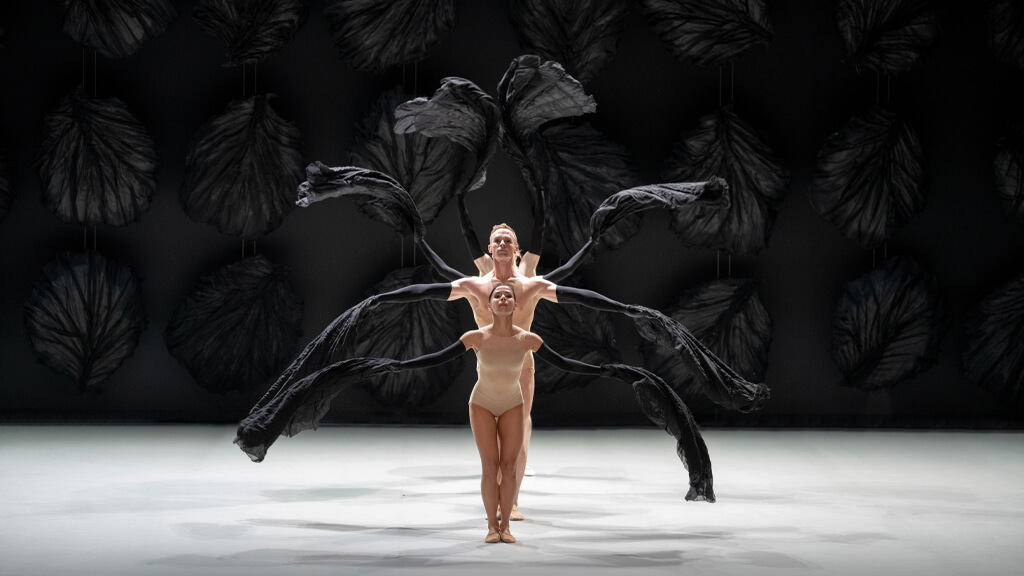Créé
-
le 5 novembre 1987 à l’Opéra de Nantes
Musique
-
Johannès Brahms
Chorégraphie
-
Thierry Malandain
Décor et costumes
-
Jorge Gallardo
Conception lumières
-
Jean-Claude Asquié
Ballet
-
pour 8 danseurs
Durée
-
25 minutes
Note d'intention
Délaissant l'espace festif des salons et des brasseries de jadis, les Danses Hongroises de Johannès Brahms investissent le huis-clos d'un club de rencontre. Malgré cette "dérive", la musique conserve son propos originel et invite tout comme hier, le danseur à se distraire et plaire. Hier, le paysan hongrois dansait sur la place du village. Aujourd’hui, l’homme de la rue se rend au « dancing » pour les mêmes raisons que jadis : se distraire et plaire. Le Czardas a fait place au rock et au tango, mais la musique reste. Cette musique, nous avons tenté de l’isoler de son contexte traditionnel pour lui offrir celui de notre époque ; elle gardera cependant son sens originel, celui d’une musique écrite pour le plaisir de rencontrer l’autre à la croisée des espérances.
Thierry Malandain
Presse
K.O après le « direct » assené par le dernier ballet : debout pour applaudir longuement et bruyamment un spectacle à couper le souffle, aussi réussi sur le plan esthétique que dans l’émotion qu’il véhicule.[...] Thierry Malandain a du punch à revendre et un humanisme communicatif. L’ensemble du spectacle pourrait être regardé comme un hommage à l’Homme. Ce fut l’Homme poète, plein de raffinement, mais également l’homme social et solidaire avec « Gnossiennes ». Ce fut ensuite, l’Homme timide, ridicule, pathétique, traité avec humour et tendresse avec « Danses qu’on croise ».Sud Ouest • 10 avril 2001
Danses qu'on croise nous a plongé dans l’atmosphère autour d’une barre de danse, en déployant un jeu spatial plus qu'intéressant dans un langage formel, auquel Malandain ajoute un élément important d’apesanteur. Dans cette pièce, les danseurs étaient corrects, dans leur description de lignes pures, mais manquaient parfois de fluidité.El Diario Vasco, Ana Remiro • mai 2007


